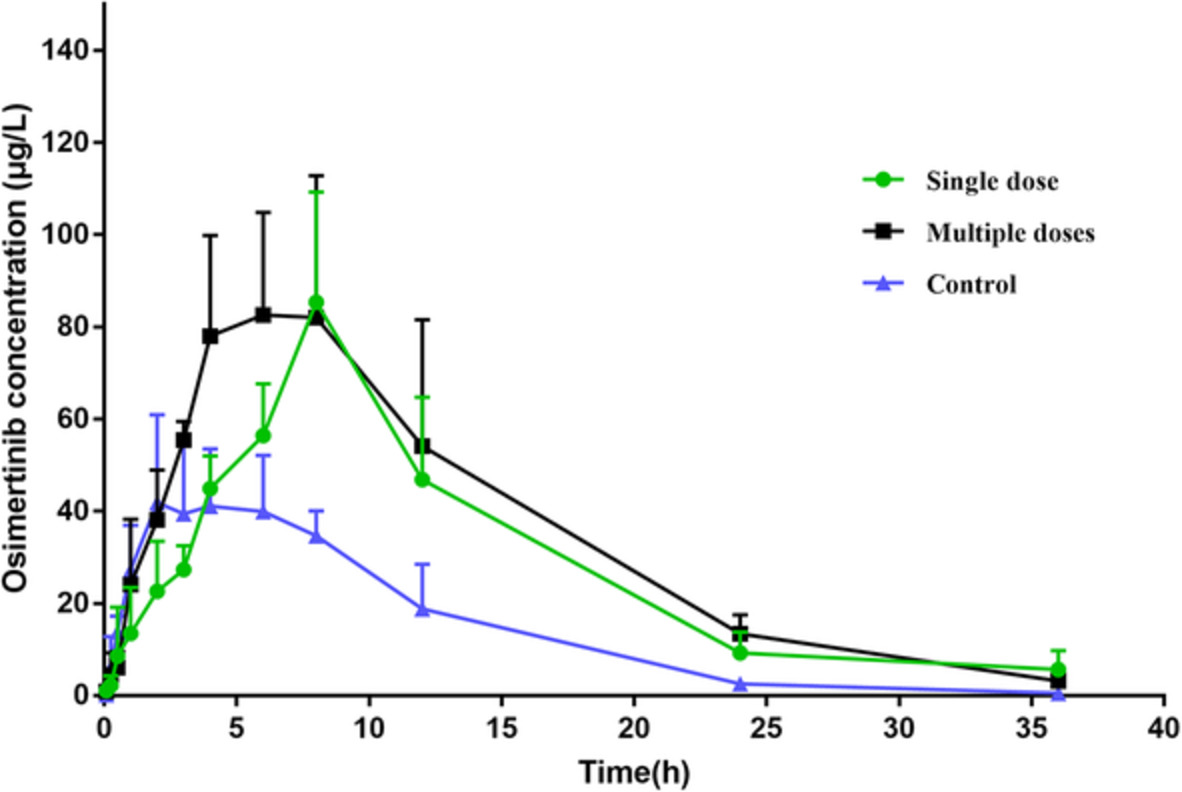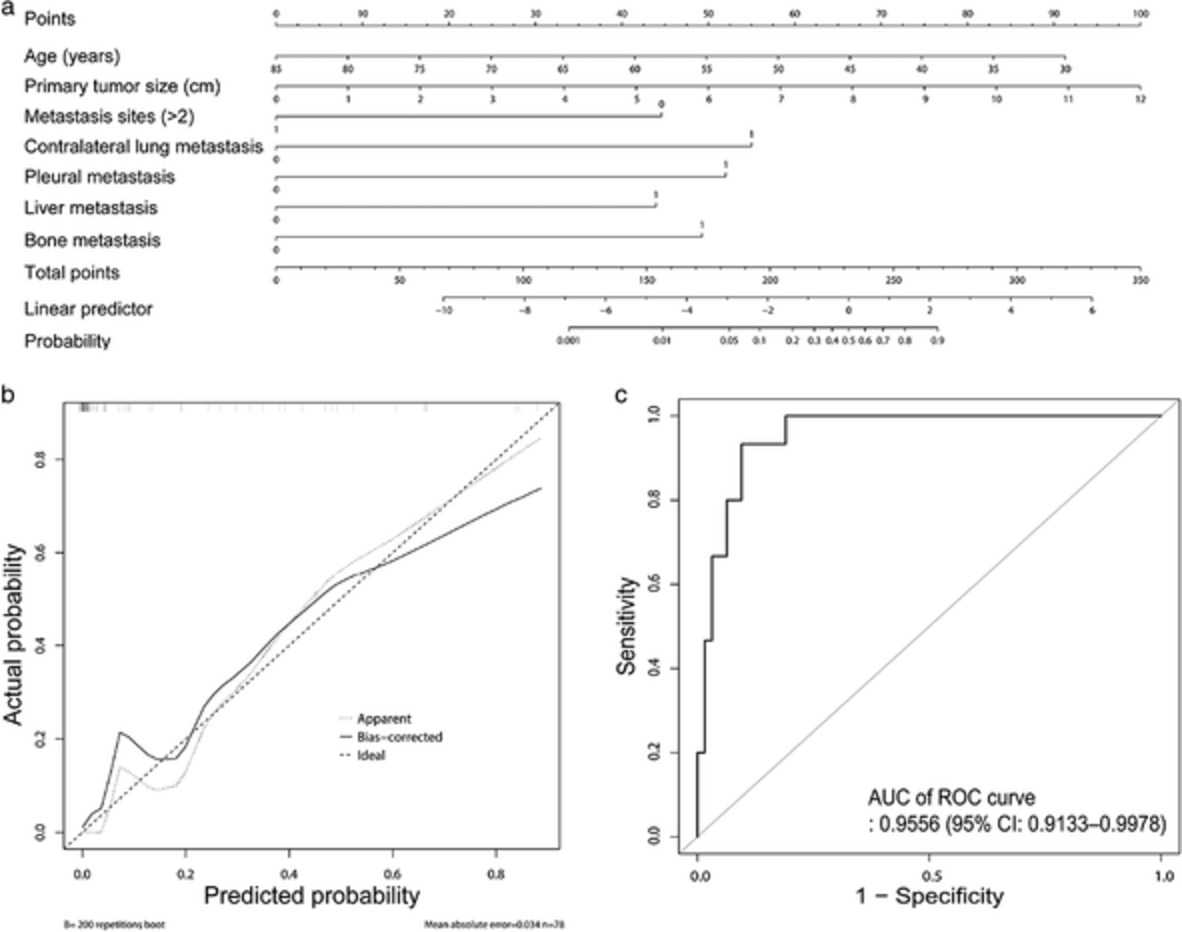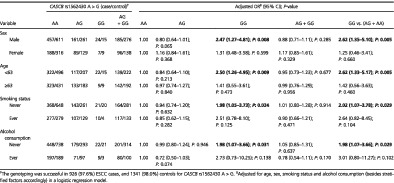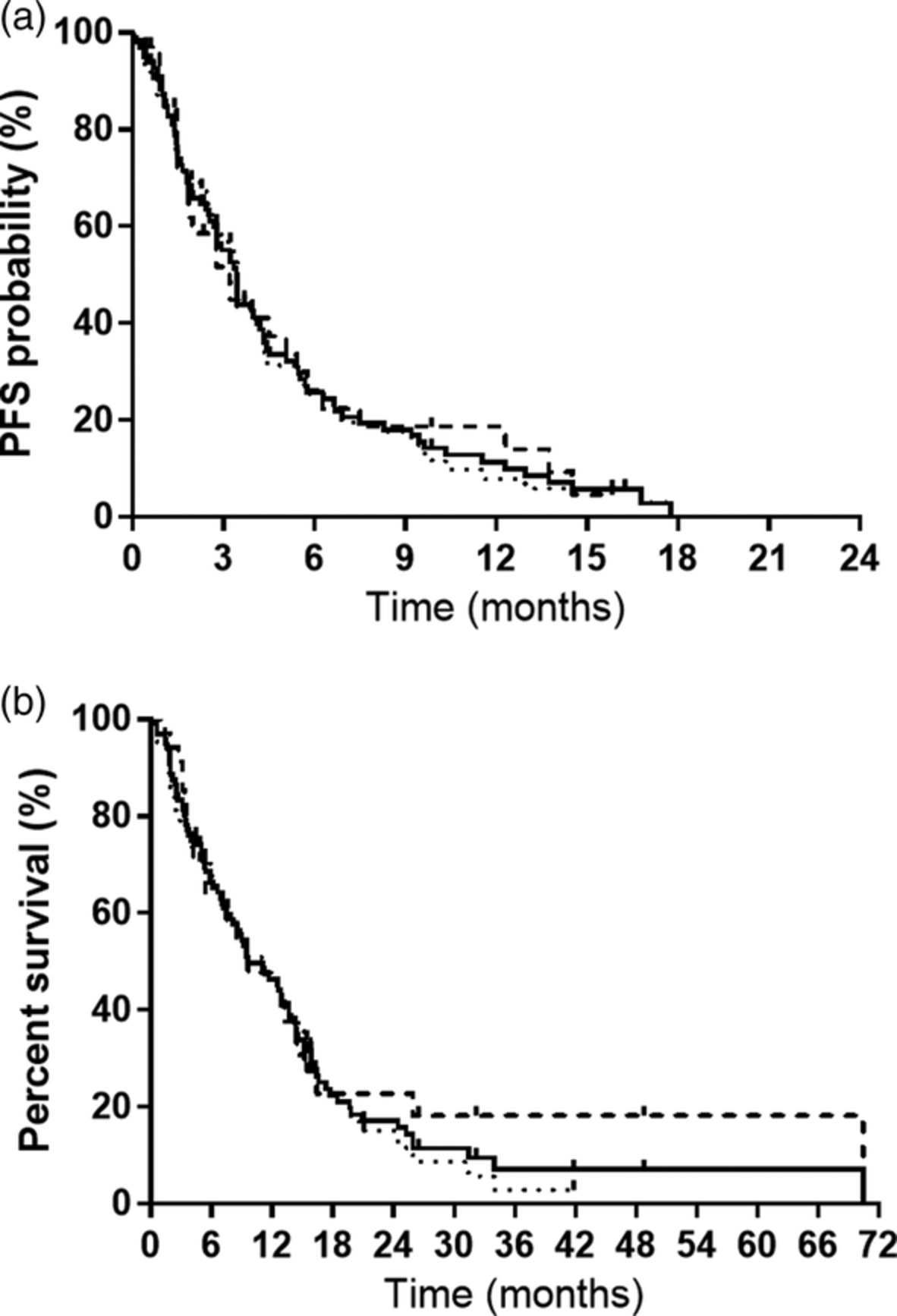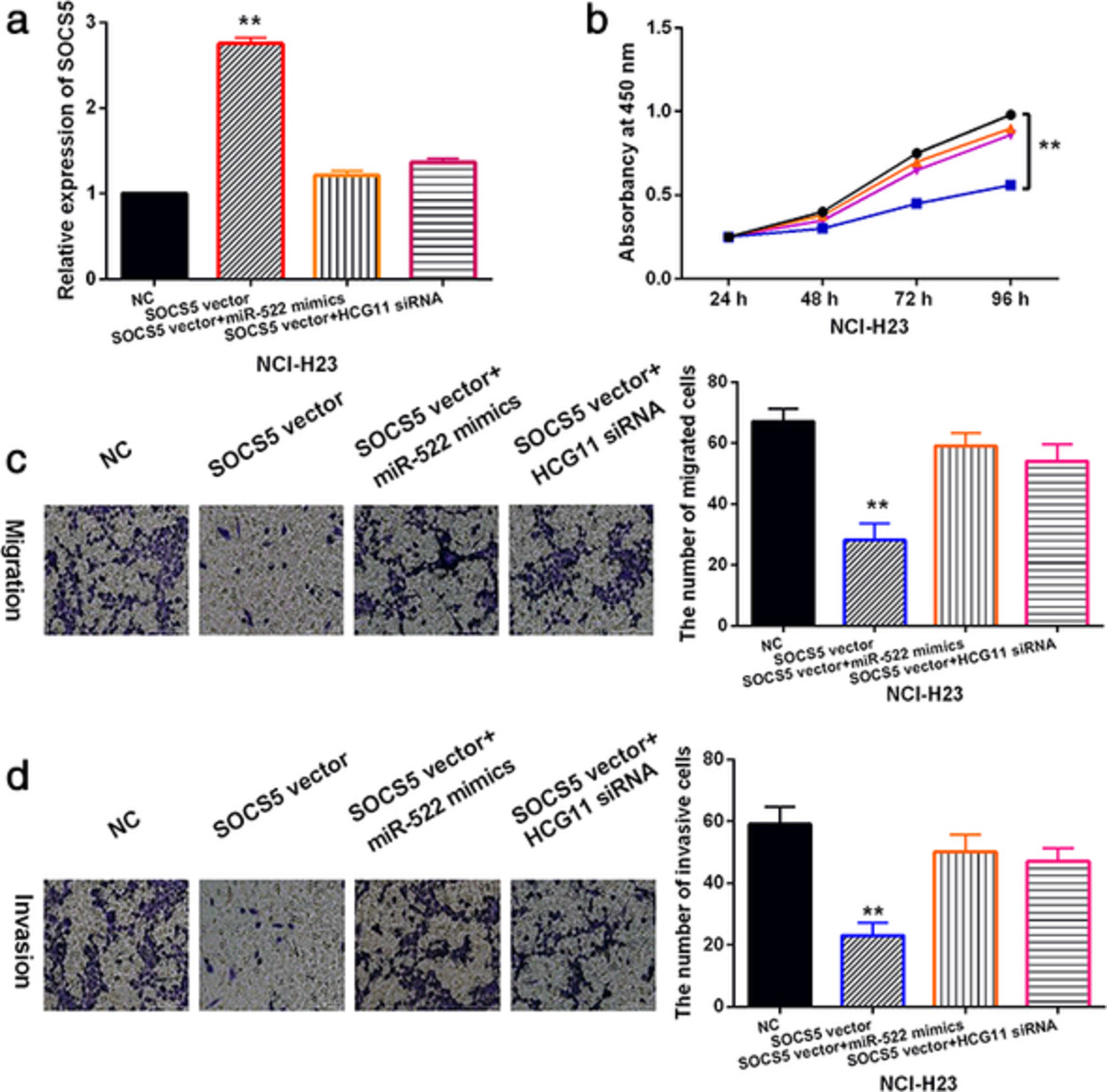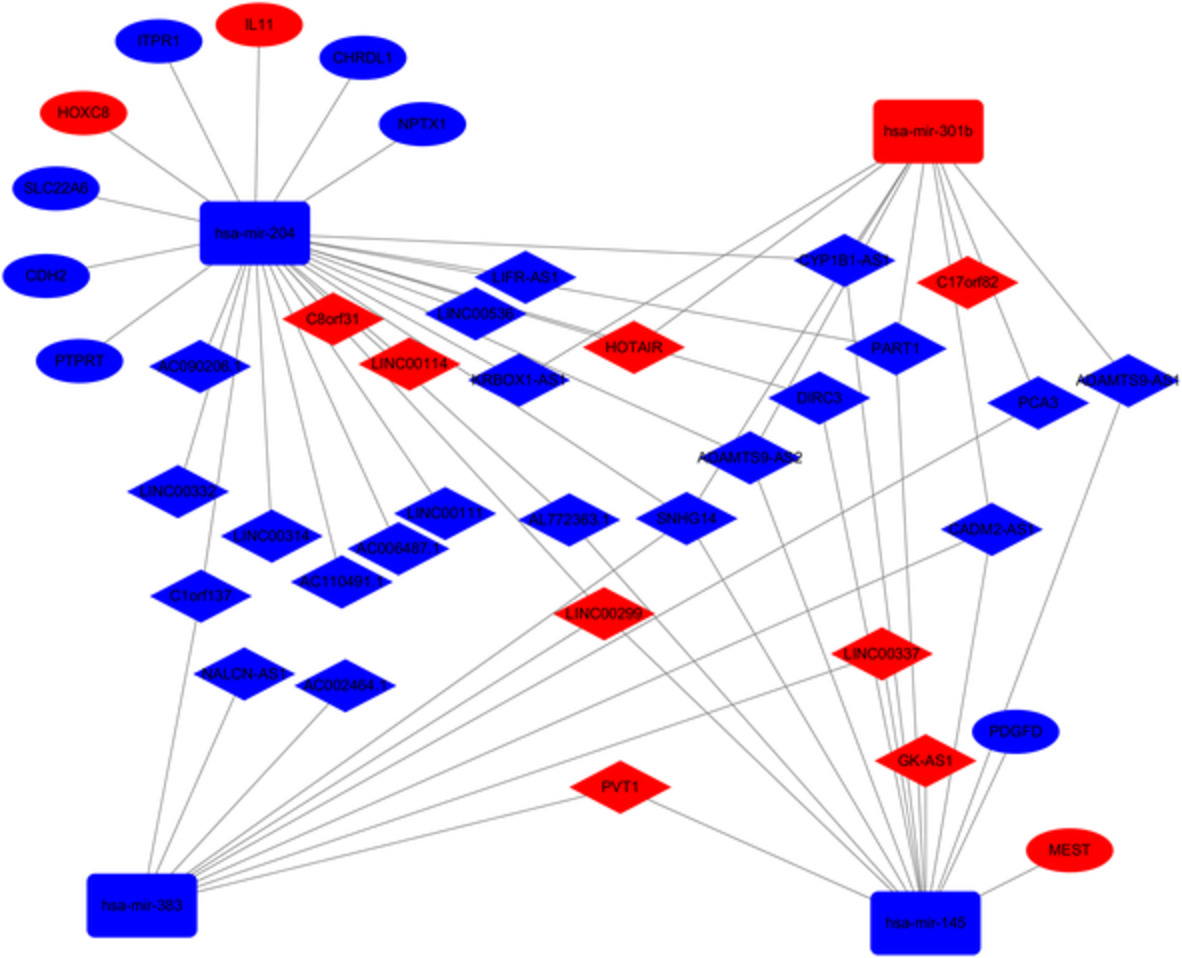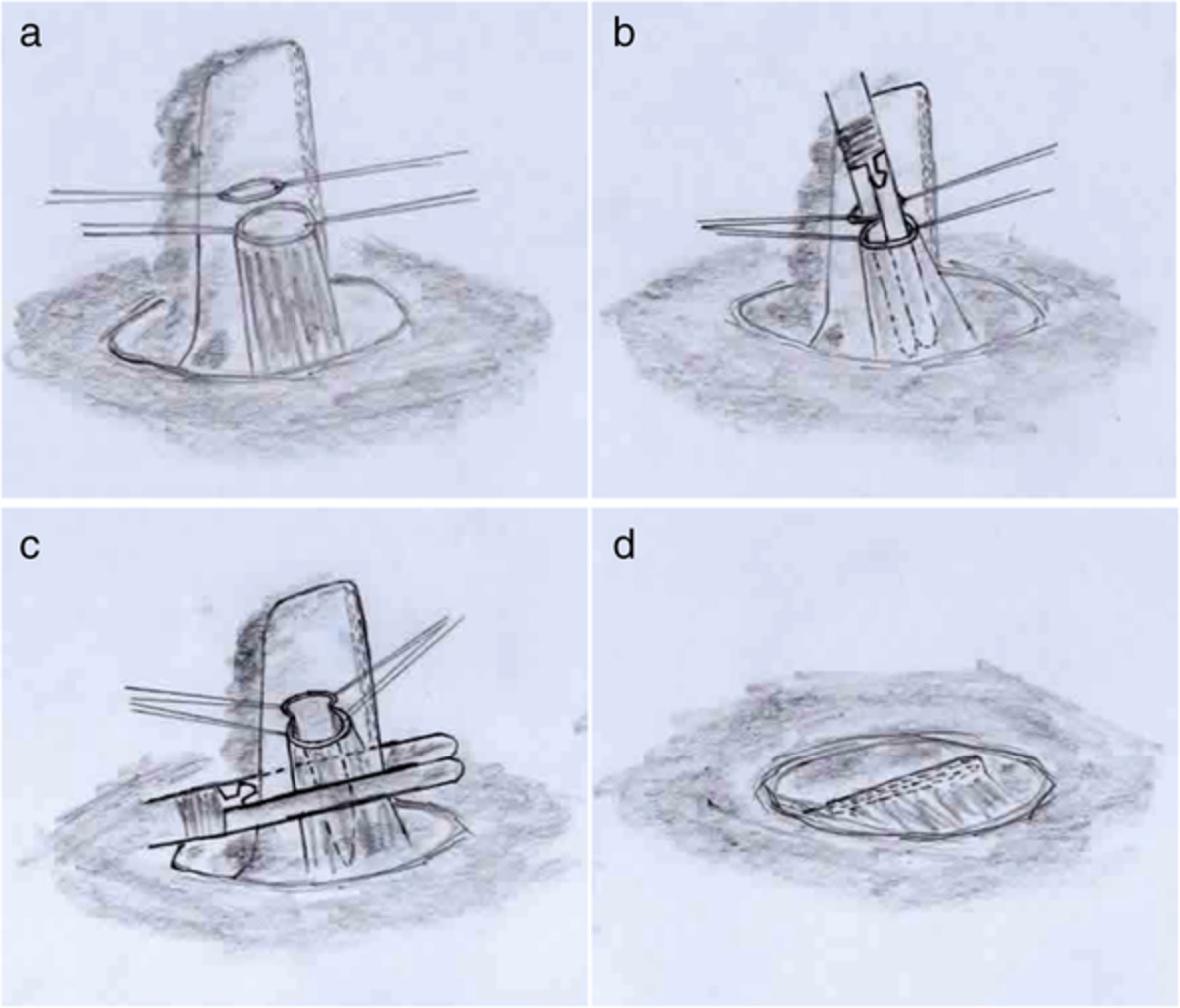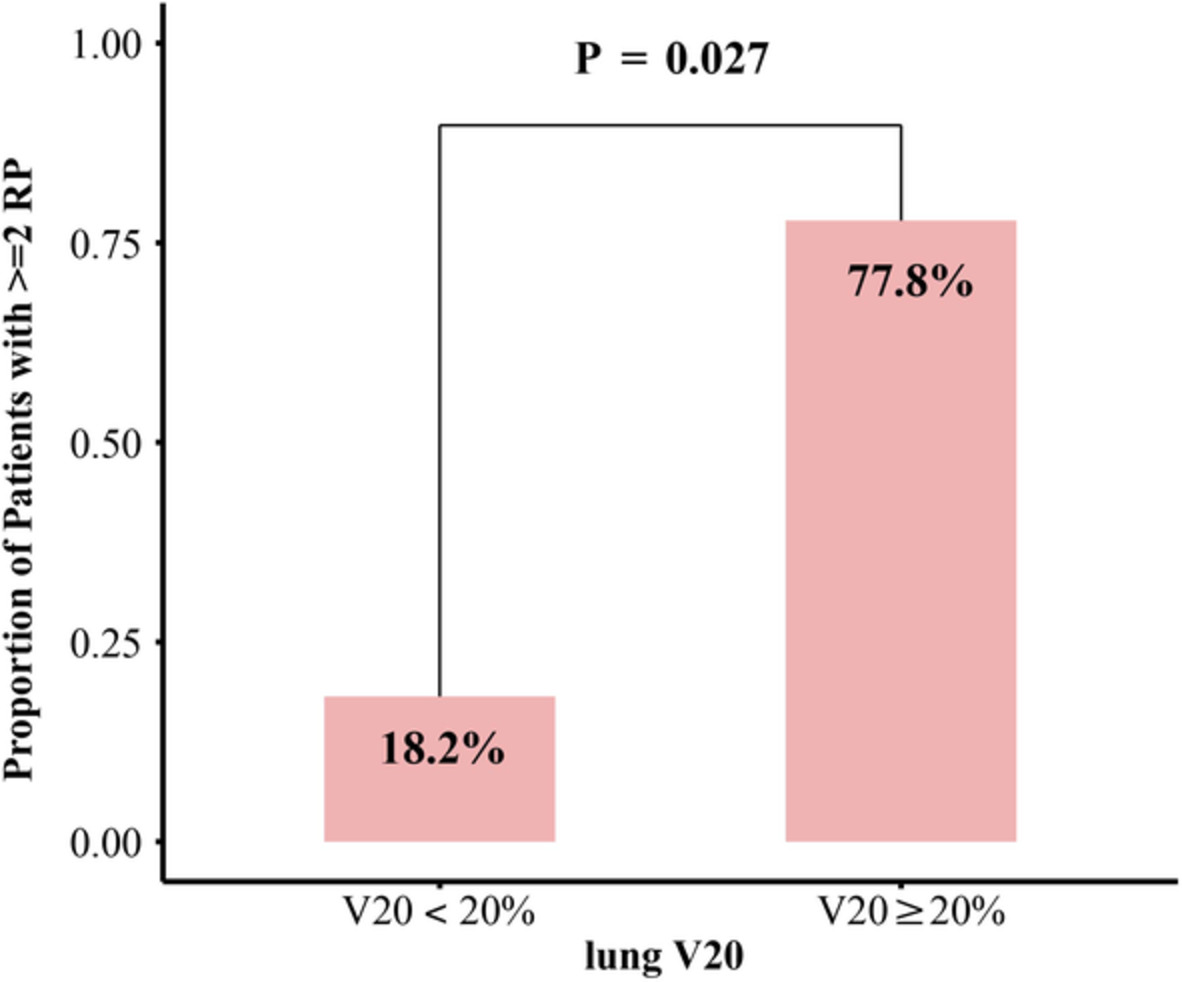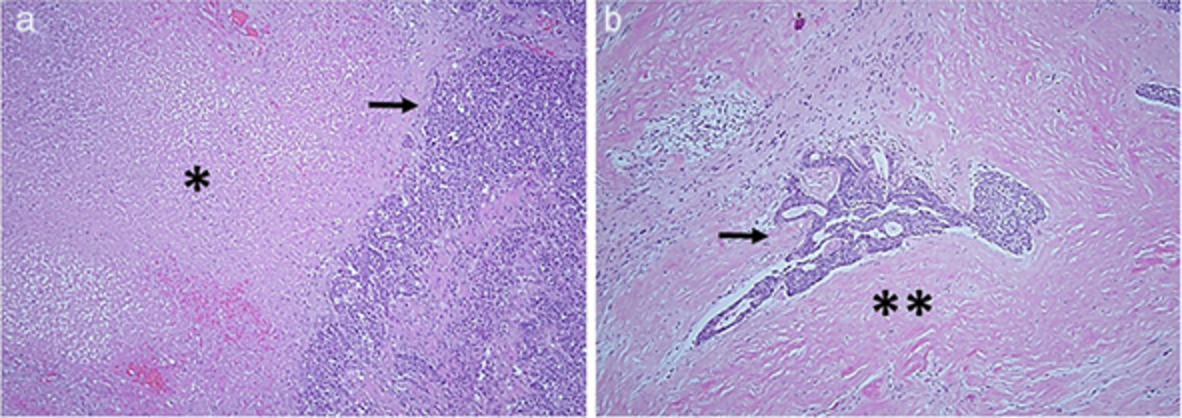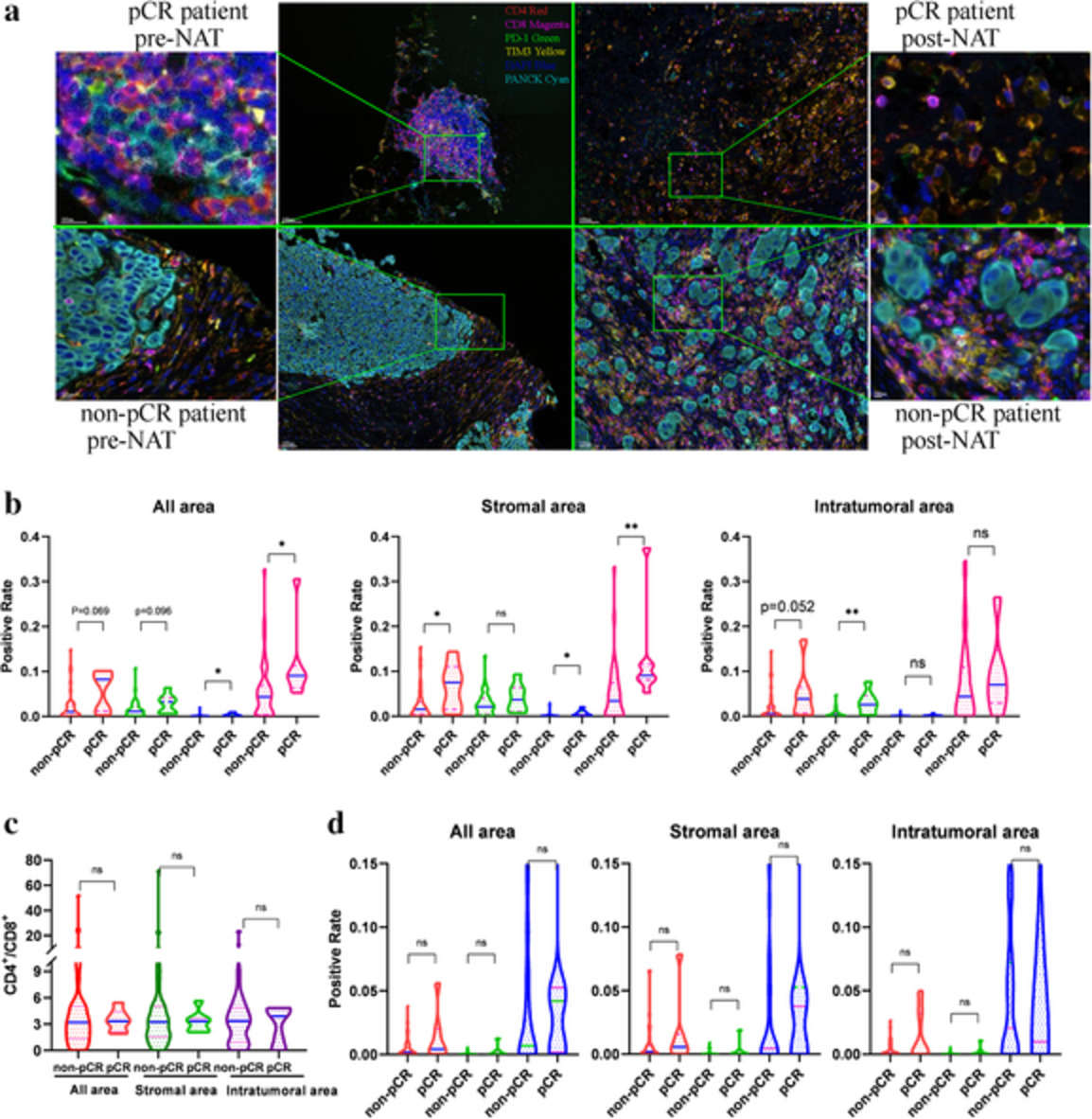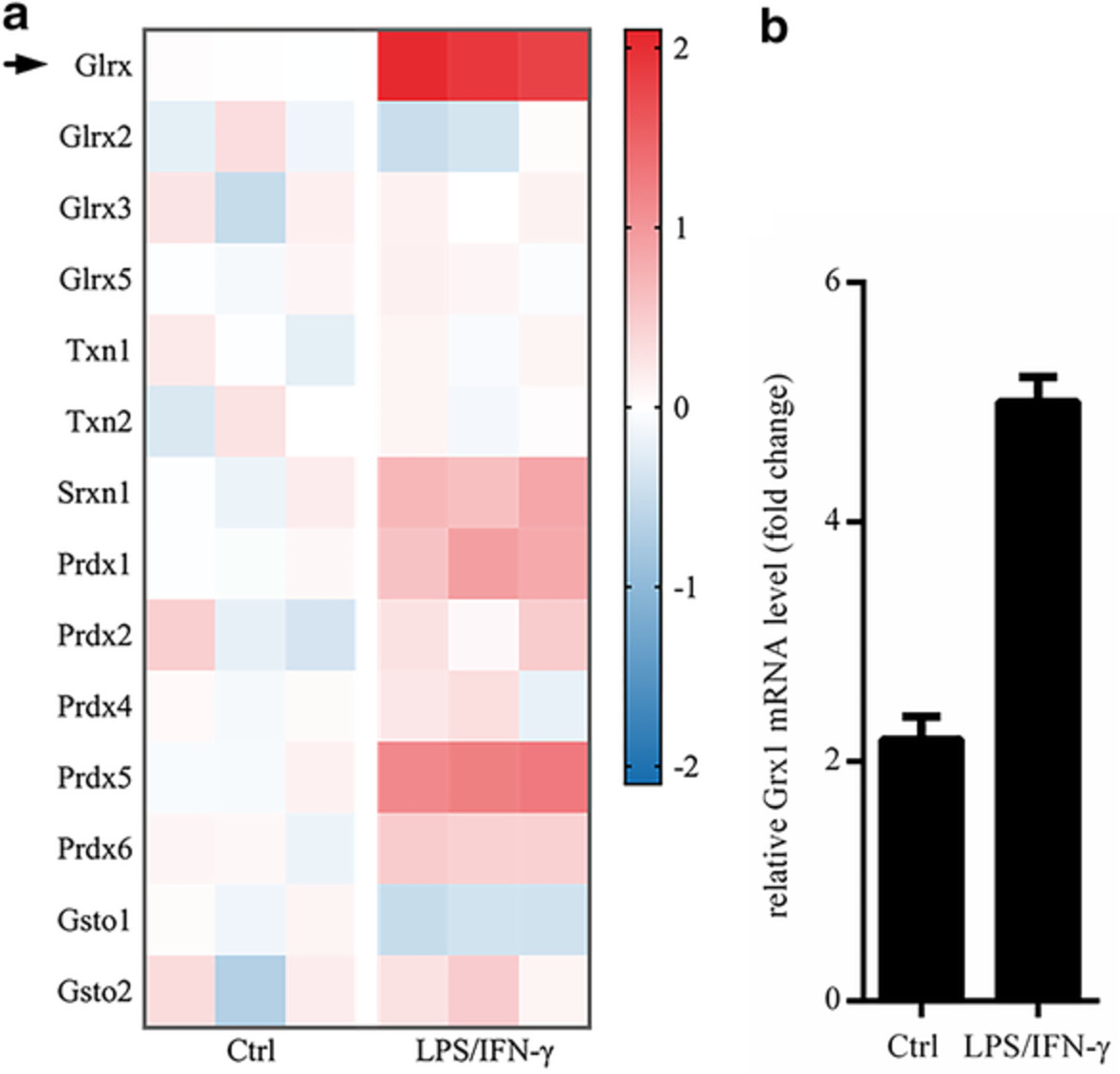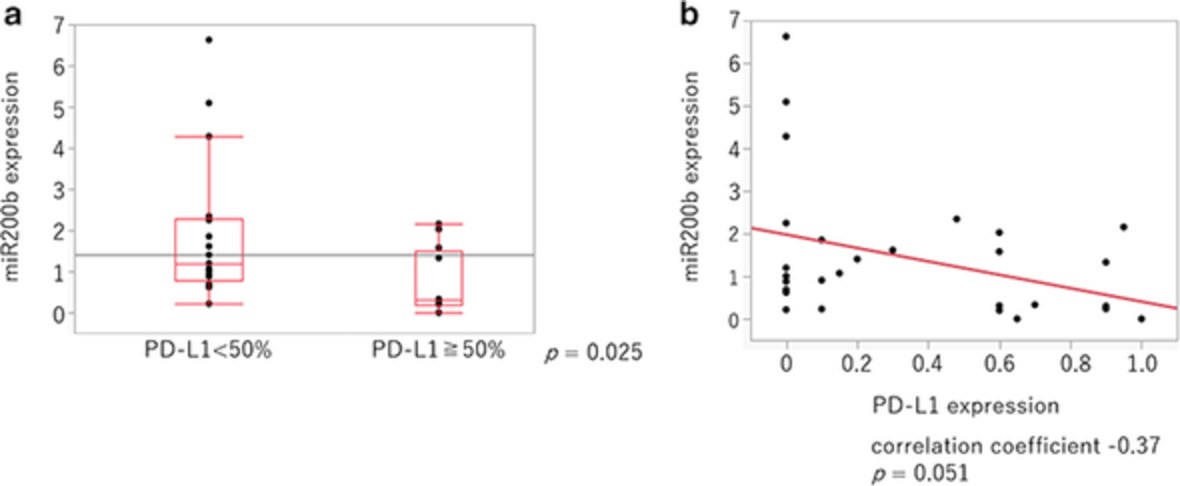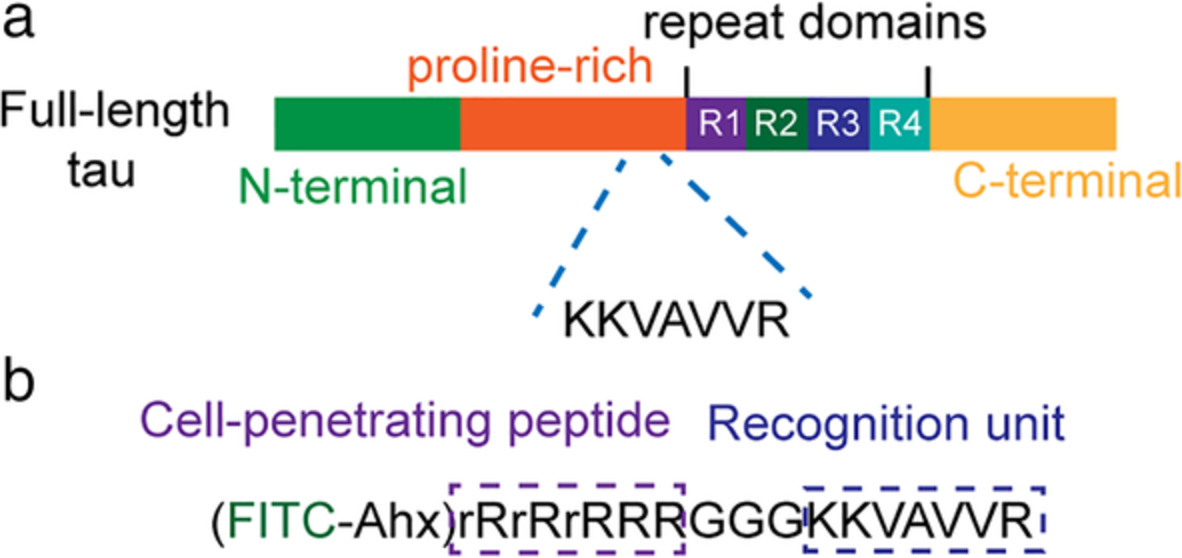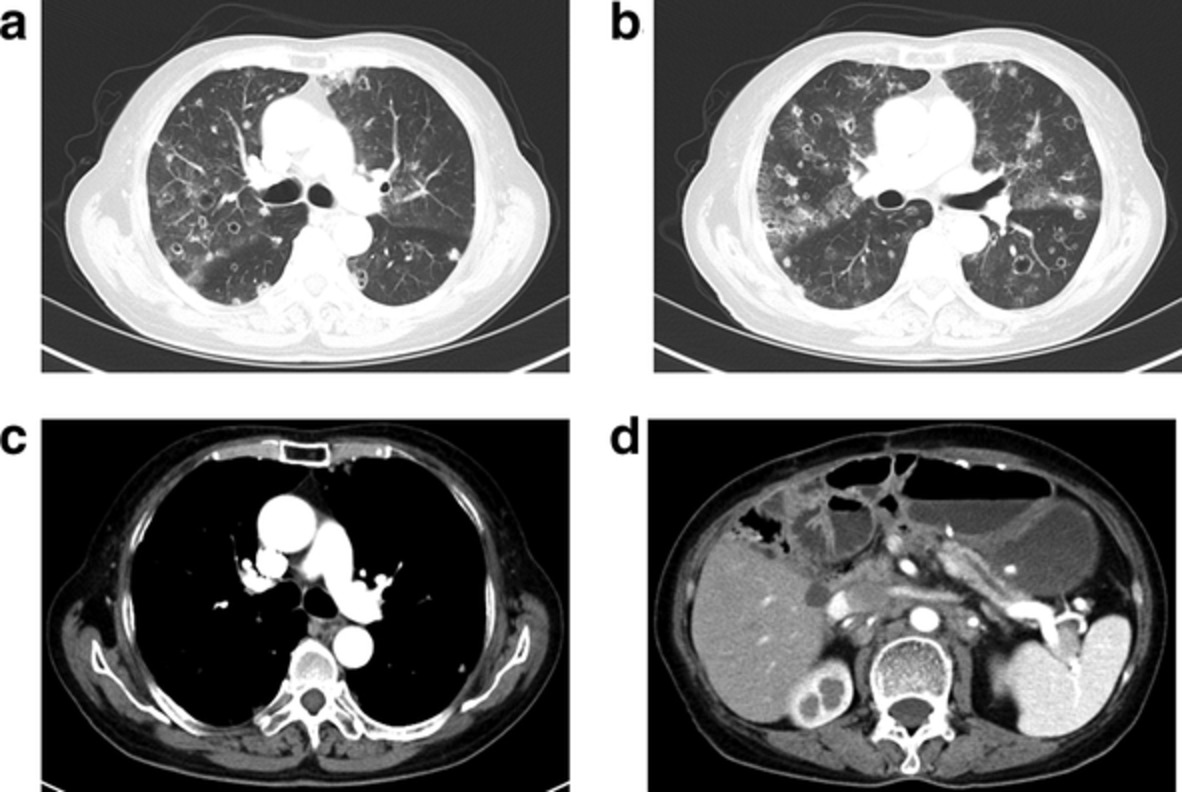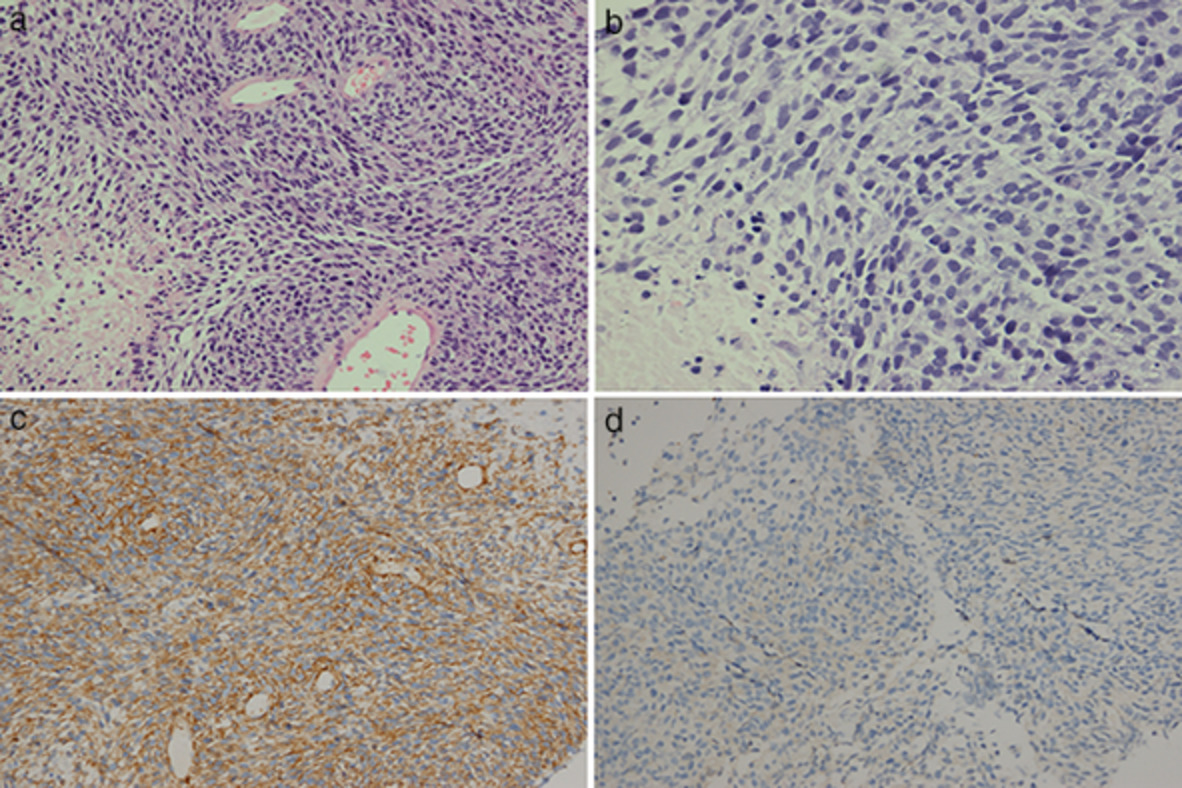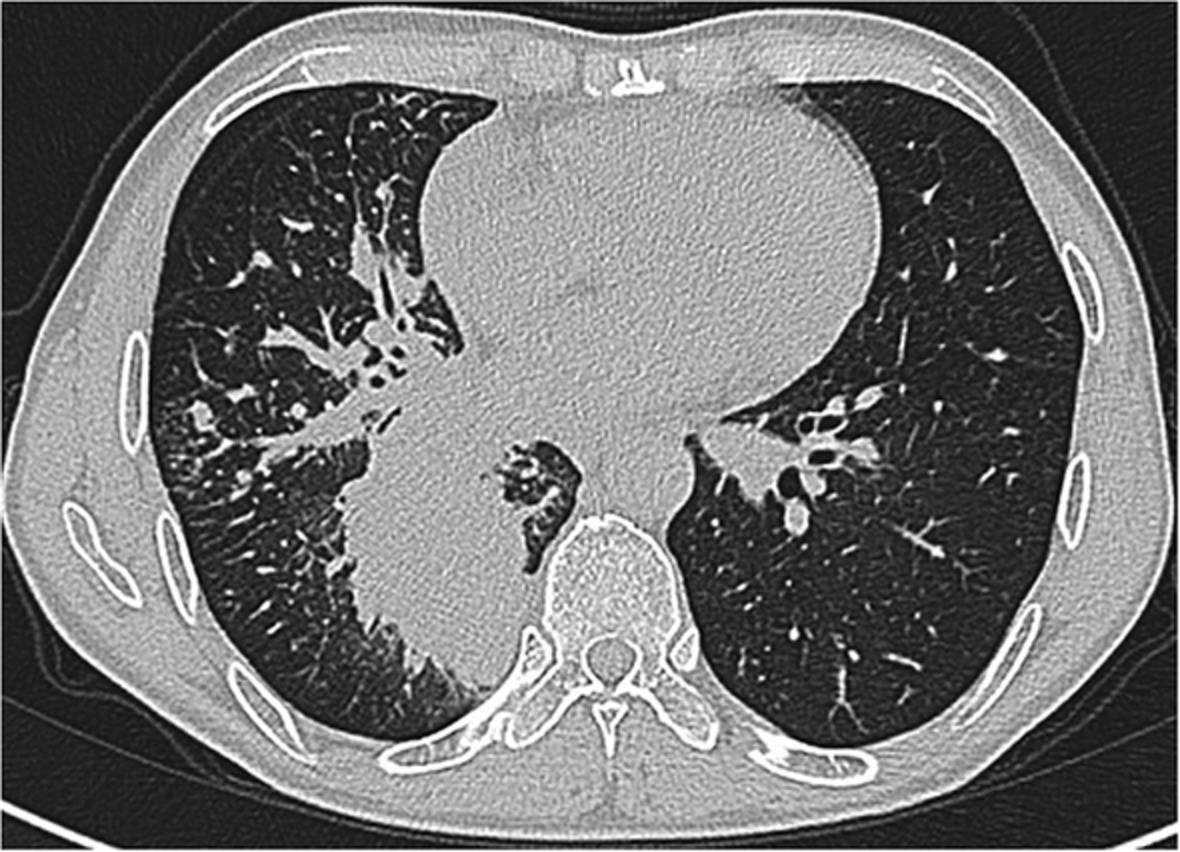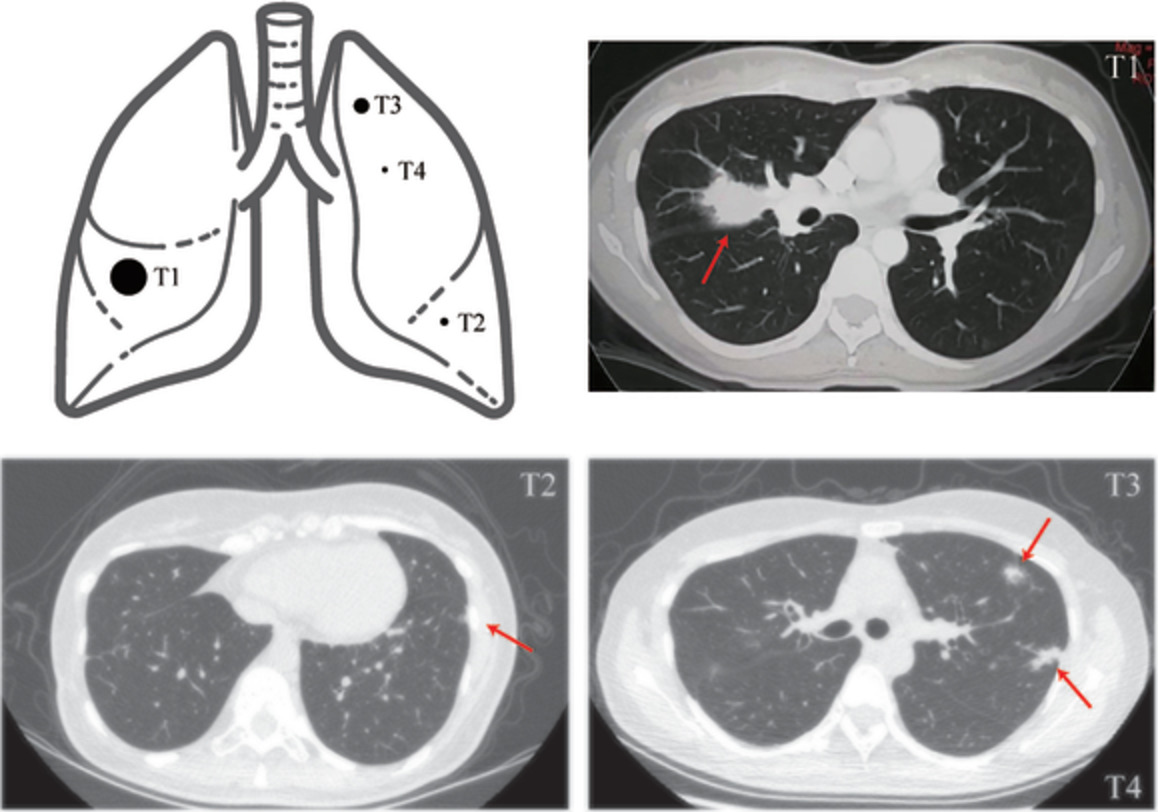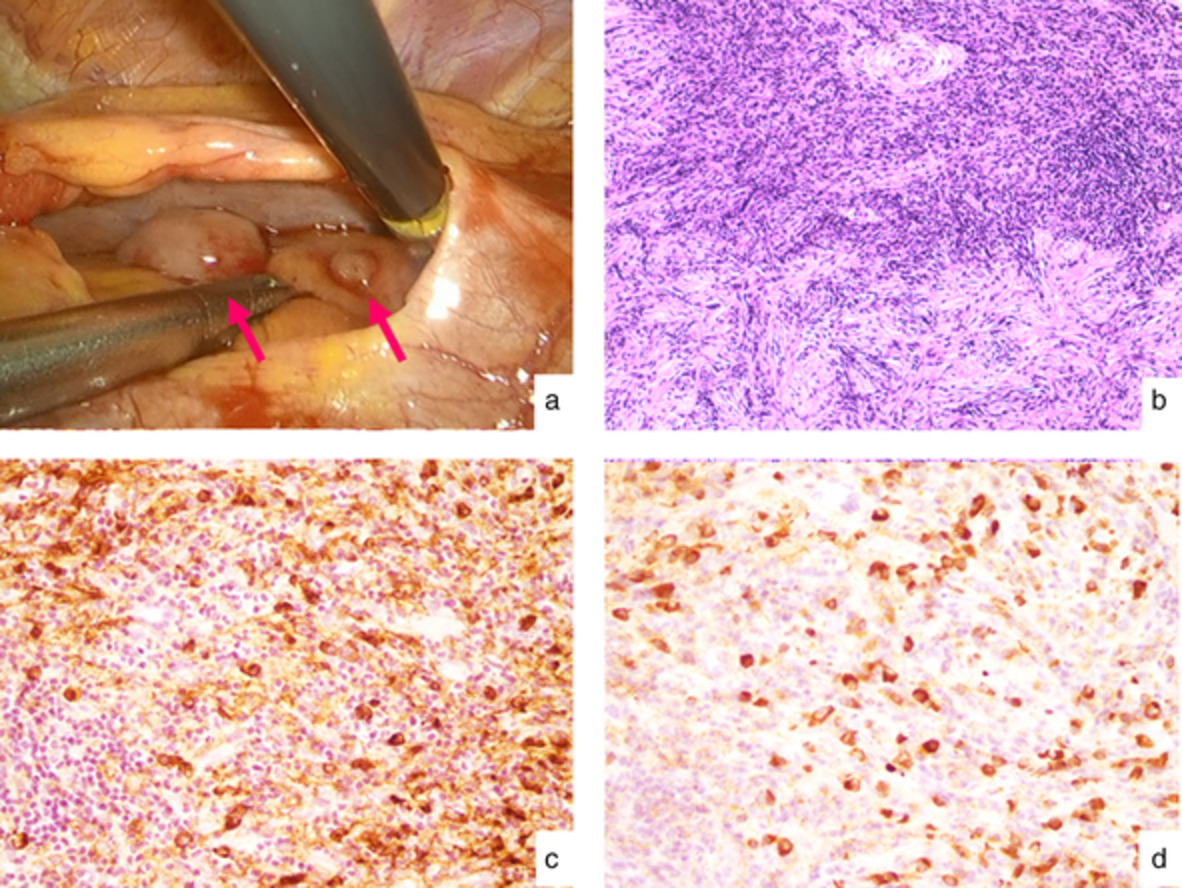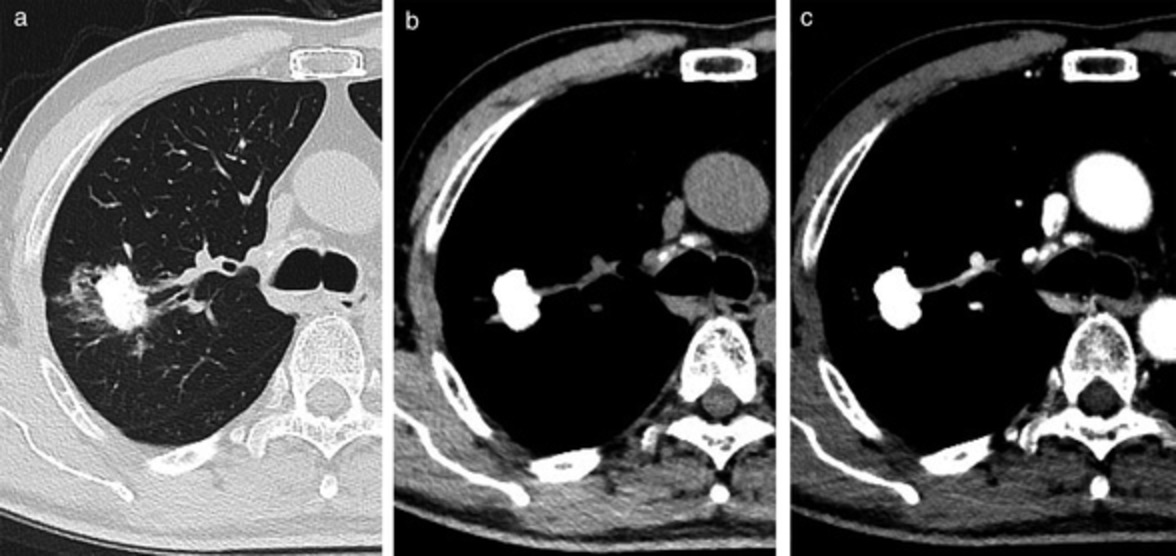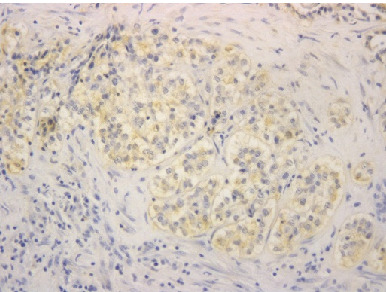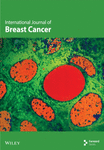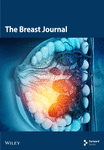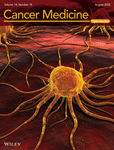Journal list menu
Export Citations
Download PDFs
ISSUE INFORMATION
EDITORIAL
CXCR4 polymeric nanocomplex-mediated pulmonary delivery of siPD-L1: A novel procedure to enhance immunotherapy
- Pages: 2753-2754
- First Published: 07 September 2020
ORIGINAL ARTICLES
EEF1A2 and ERN2 could potentially discriminate metastatic status of mediastinal lymph node in lung adenocarcinomas harboring EGFR 19Del/L858R mutations
- Pages: 2755-2766
- First Published: 03 September 2020
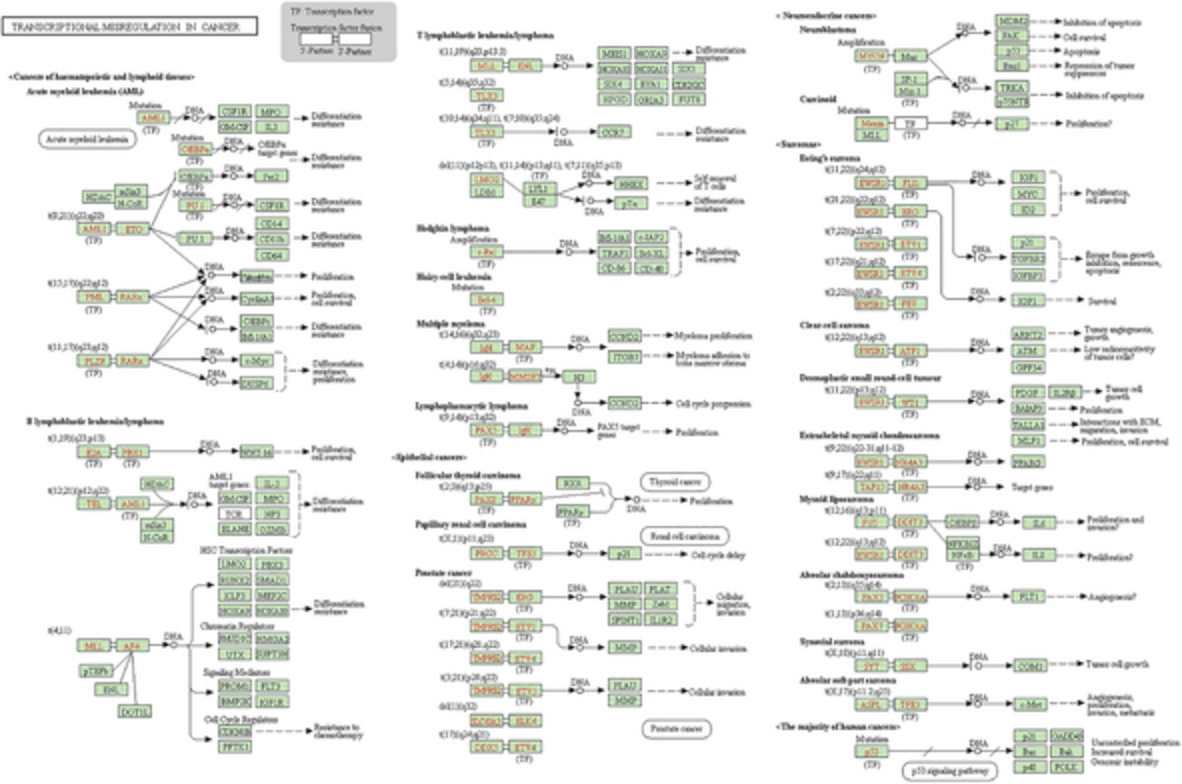
We explored the genes responsible for mediastinal lymph node metastasis in lung adenocarcinoma with EGFR 19Del or L858R mutation by using transcriptome sequencing and bioinformatics analysis from 10 patients with lung adenocarcinoma resection specimens of primary tumors. EEF1A2 and ERN2 were for the first time observed exhibiting distinct expressional patterns in process of MLNM in lung adenocarcinomas harboring EGFR 19Del and EGFR L858R mutation by inter-individual DEGs analysis.
Clinical characteristics of resected solitary ground-glass opacities: Comparison between benign and malignant nodules
- Pages: 2767-2774
- First Published: 25 August 2020
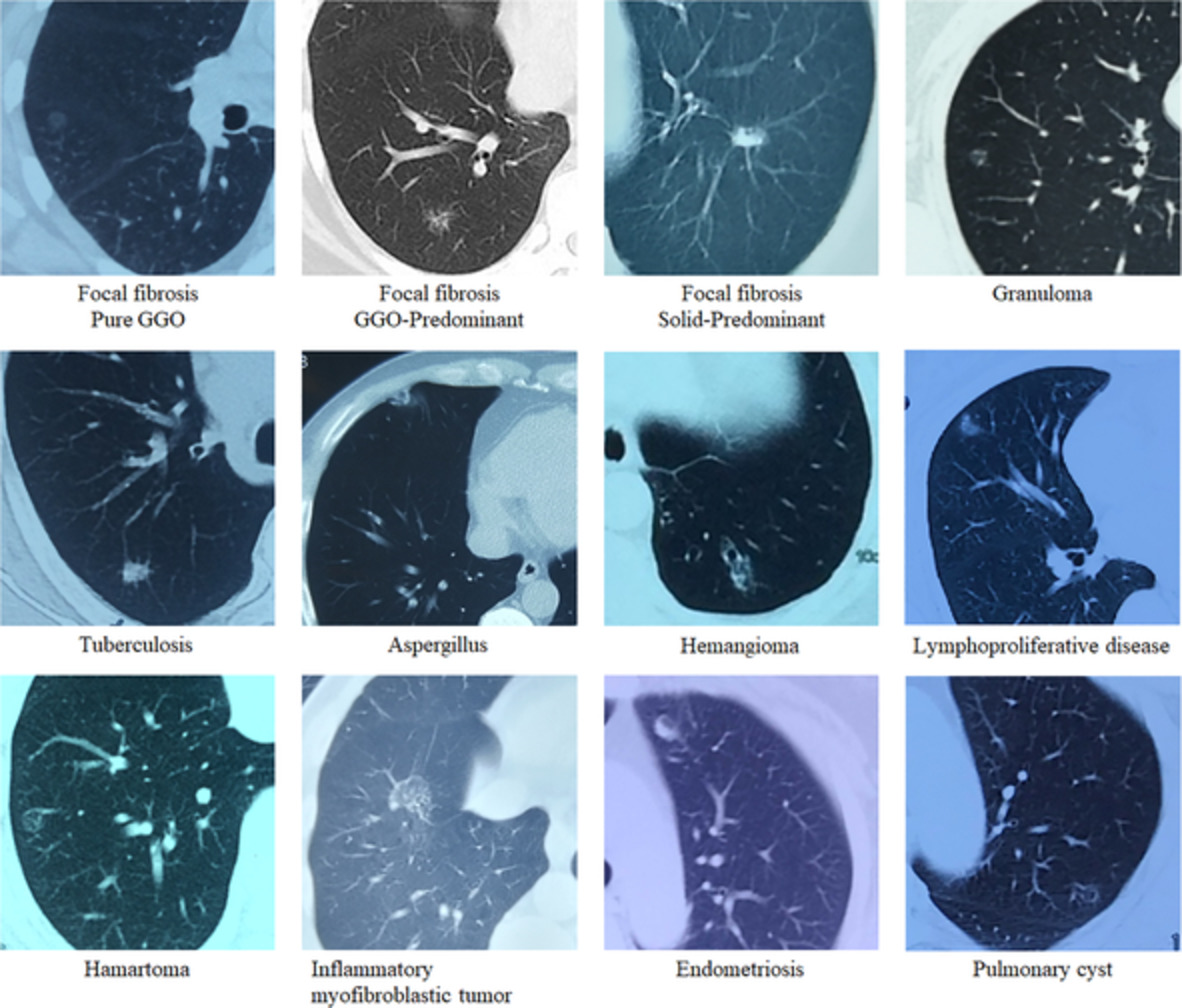
A total of 105 patients (35 cases with benign GGOs and 70 matched controls with malignant GGOs) were enrolled to identify characteristics that would help the differential diagnosis. It is shown that a higher smoking index, cough, larger size, similar or increased size during follow-up, location in the upper and middle lobes, air bronchogram sign on CT, lesion margin to pleura distance over 1 cm, and malignant tendency on PET/CT reports are associated with malignancy. Pathological patterns of benign GGOs are also provided.
Effects of avitinib on the pharmacokinetics of osimertinib in vitro and in vivo in rats
- Pages: 2775-2781
- First Published: 19 August 2020
Comparative study of clinicopathological characteristics and prognosis between combined and pure small cell lung cancer (SCLC) after surgical resection
- Pages: 2782-2792
- First Published: 11 August 2020
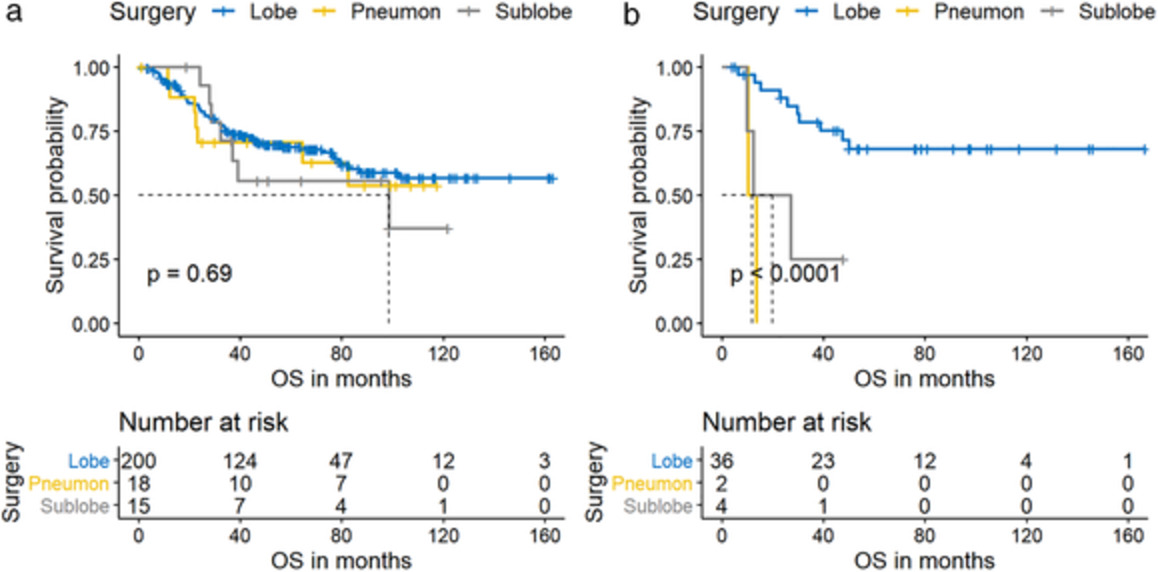
We performed a retrospective study to compare the clinicopathological characteristics and explore treatment strategies of pure and combined SCLC and found the prognosis of C-SCLCs were more susceptible to extent of resection than P-SCLCs. Patients with C-SCLC who underwent limited resection had a significantly increased risk of shorter overall survival. Based on these results, we recommend a lobectomy should be performed, especially in resectable C-SCLC patients.
Prediction model for hyperprogressive disease in non-small cell lung cancer treated with immune checkpoint inhibitors
- Pages: 2793-2803
- First Published: 11 August 2020
Oral leukoplakia and the long-term risk of upper gastrointestinal cancer deaths in the Linxian dysplasia population
- Pages: 2804-2811
- First Published: 18 August 2020
OL could increase the long-term risk of ESCC mortality, especially in younger subjects, females, nondrinkers, non-smokers, and subjects with a family cancer history. The specific etiological mechanism needs to be further explored.
Adverse impact of bone metastases on clinical outcomes of patients with advanced non-small cell lung cancer treated with immune checkpoint inhibitors
- Pages: 2812-2819
- First Published: 11 August 2020
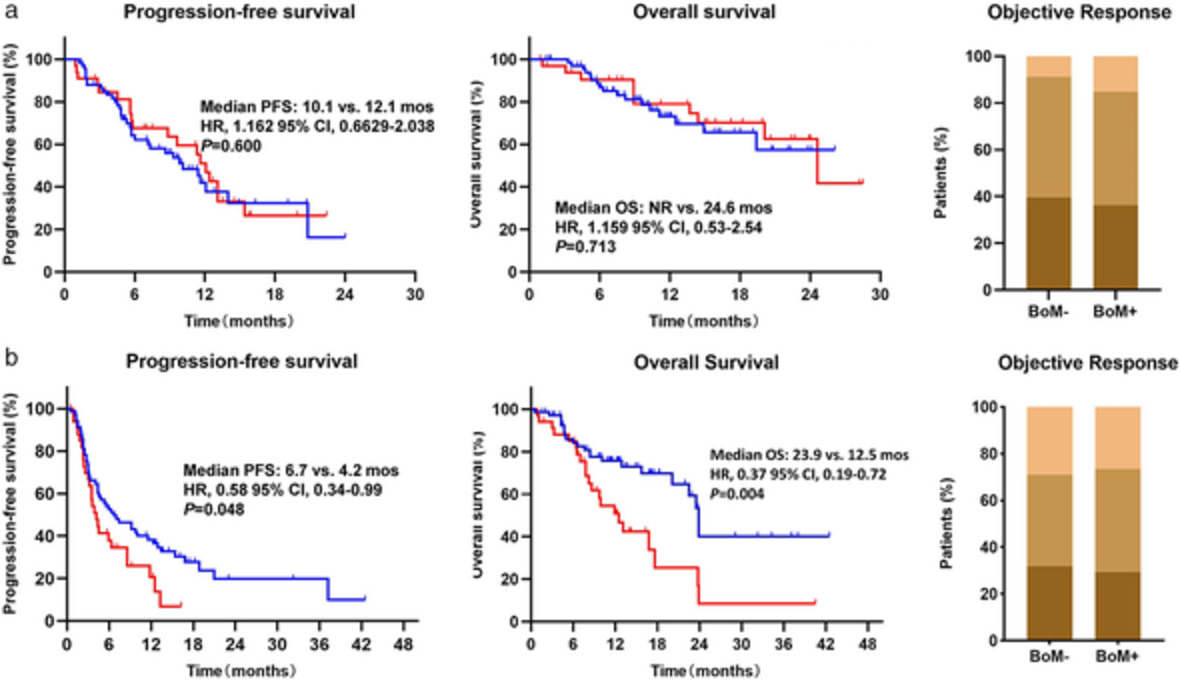
Bone metastasis is common in patients with advanced non-small cell lung and considered as one of the negative prognostic factors, but the impact of bone metastases on clinical outcomes of immune checkpoint inhibitors remains unclear. Our study demonstrated that bone metastases attenuated the efficacy of ICIs monotherapy in patients with advanced NSCLC. Of patients with bone metastases who received ICIs monotherapy, neither palliative radiotherapy nor bisphosphonate drugs improved OS.
Role of radiation therapy in node-negative esophageal cancer: A propensity-matched analysis
- Pages: 2820-2829
- First Published: 12 August 2020
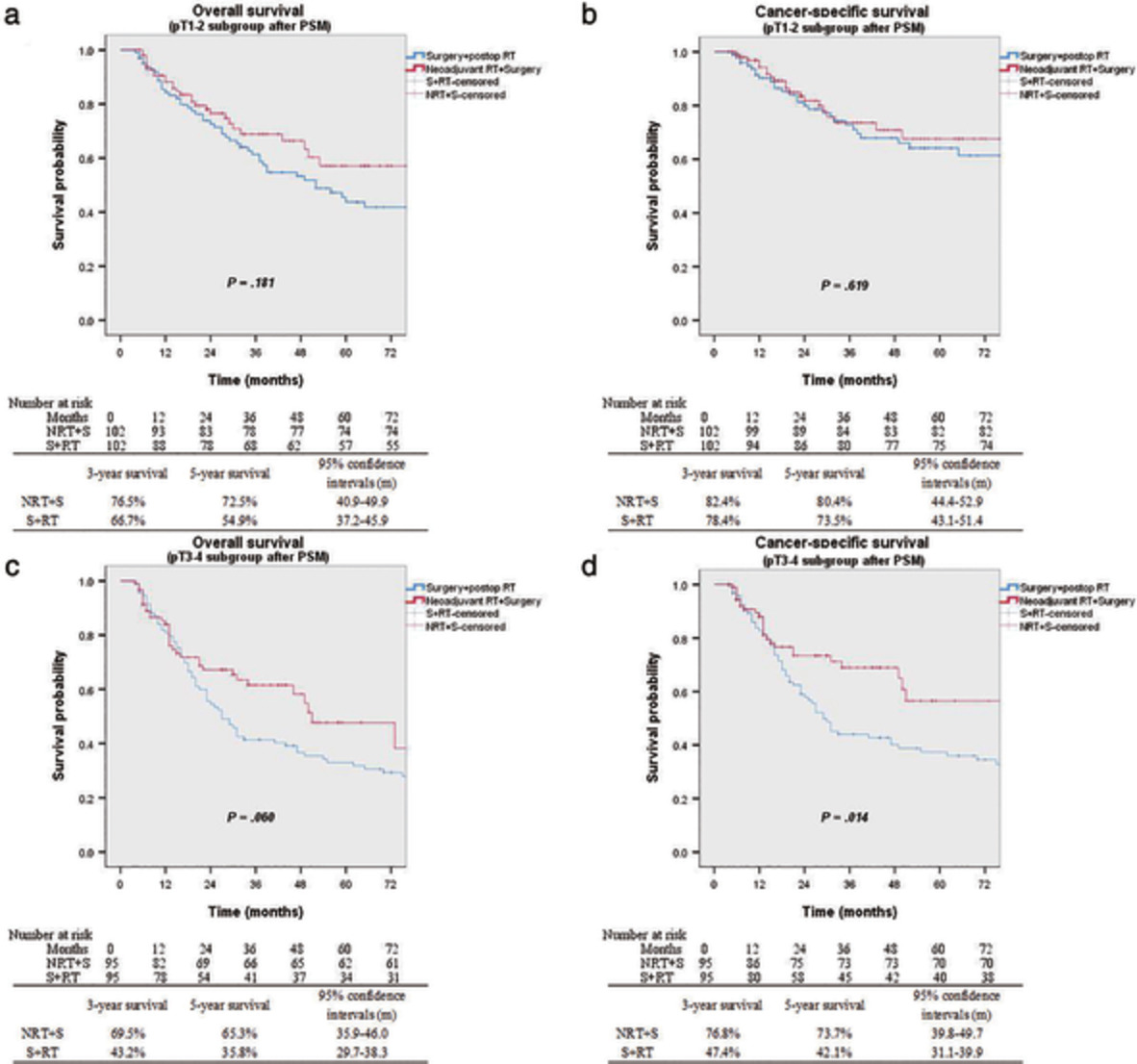
In this population-based study, we indicated that the addition of neoadjuvant RT for pT3-4N0 diseases followed by esophagectomy was associated with improved cancer-specific survival in patients with tumor lengths 5 cm and squamous cell carcinoma. The identification of higher-risk patients for neoadjuvant therapy would be expected to yield better results than taking a uniform approach to this population, to avoid unnecessary and possibly harmful treatment in node-negative diseases.
Association of Mps one binder kinase activator 1 (MOB1) expression with poor disease-free survival in individuals with non-small cell lung cancer
- Pages: 2830-2839
- First Published: 25 August 2020
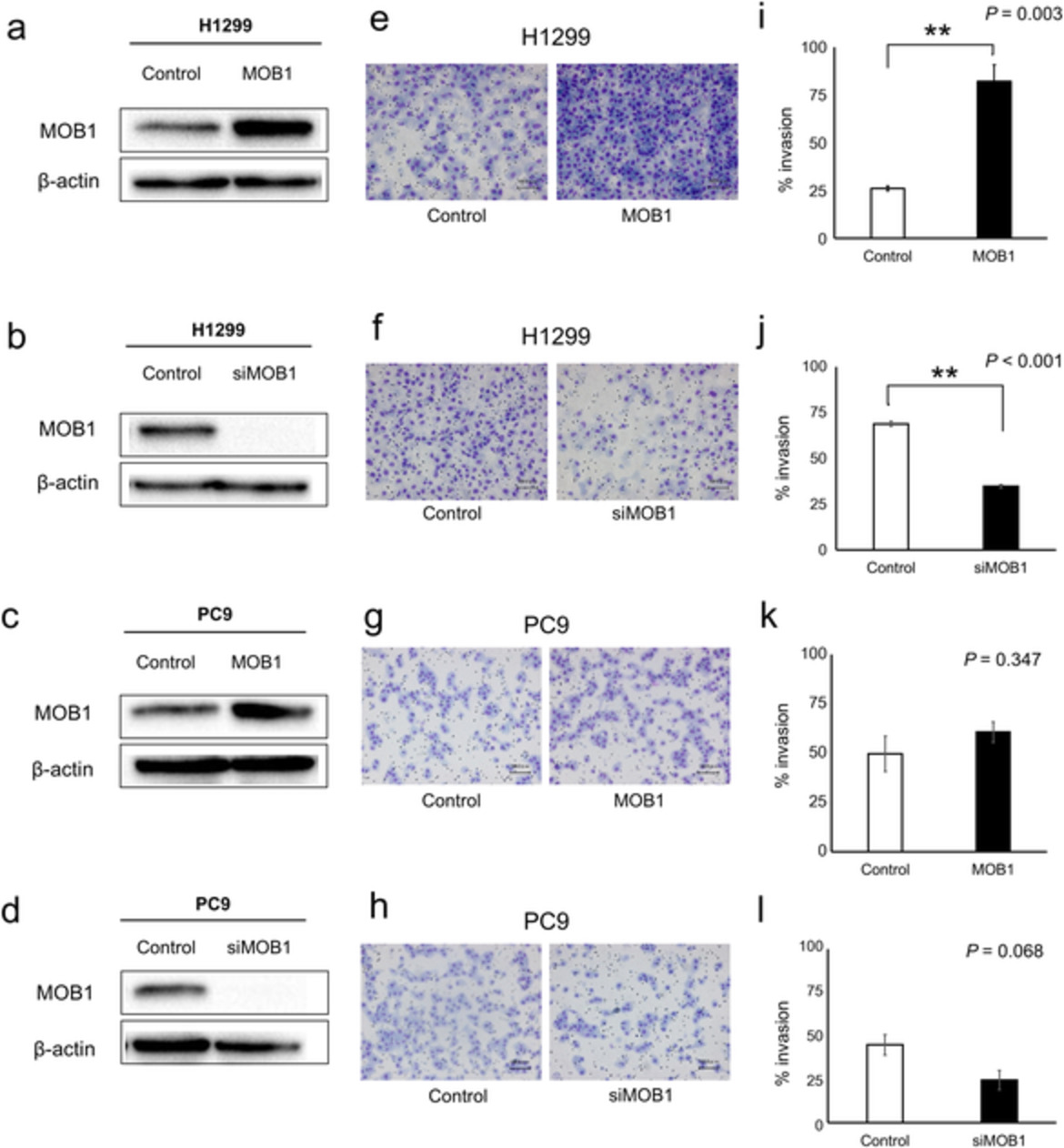
We found that high MOB1 expression in surgical specimens of lung adenocarcinoma was associated with poor disease-free survival and with intratumoral vascular invasion. MOB1 expression also promoted the invasiveness of NSCLC cells in vitro. Our results suggest that MOB1 might contribute to early recurrence in NSCLC.
Prognostic study for survival outcome following the treatment of second primary lung cancer in patients with previously resected non-small cell lung cancer
- Pages: 2840-2851
- First Published: 26 August 2020
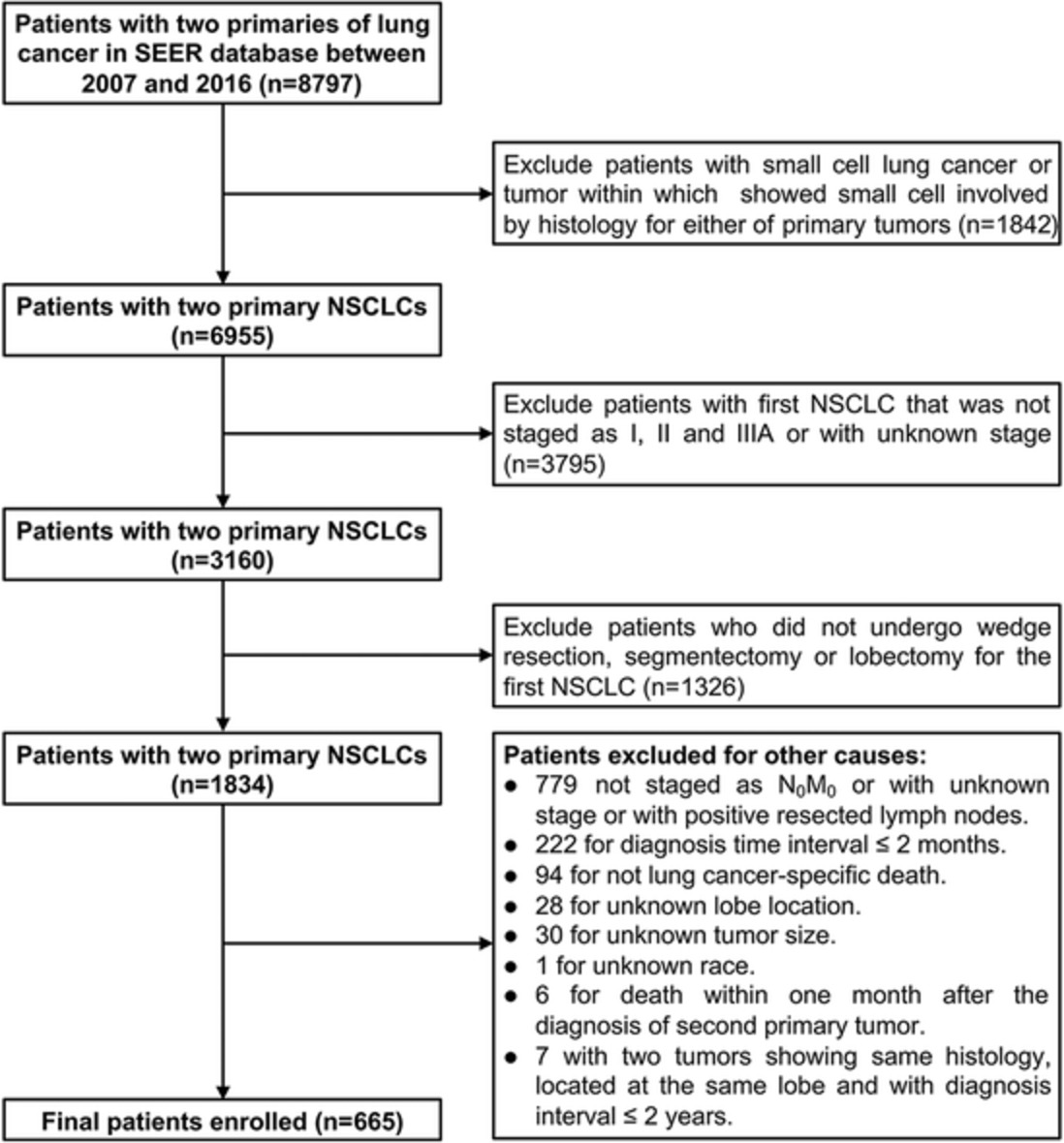
Our study described that SPLC patients demonstrated a great survival, with a five-year survival rate of 68.6% and a five-year RMST of 49.4 months. In addition to sex and tumor size of SPLC, we also identified several IPLC-related prognostic factors such as histology, clinical stage and T stage. We found patients that underwent lobectomy, segmentectomy and wedge resection for both IPLC and SPLC revealed a similar survival outcome.
Long non-coding RNA CASC8 polymorphisms are associated with the risk of esophageal cancer in a Chinese population
- Pages: 2852-2857
- First Published: 02 September 2020
Potential monoamine oxidase A inhibitor suppressing paclitaxel-resistant non-small cell lung cancer metastasis and growth
- Pages: 2858-2866
- First Published: 02 September 2020
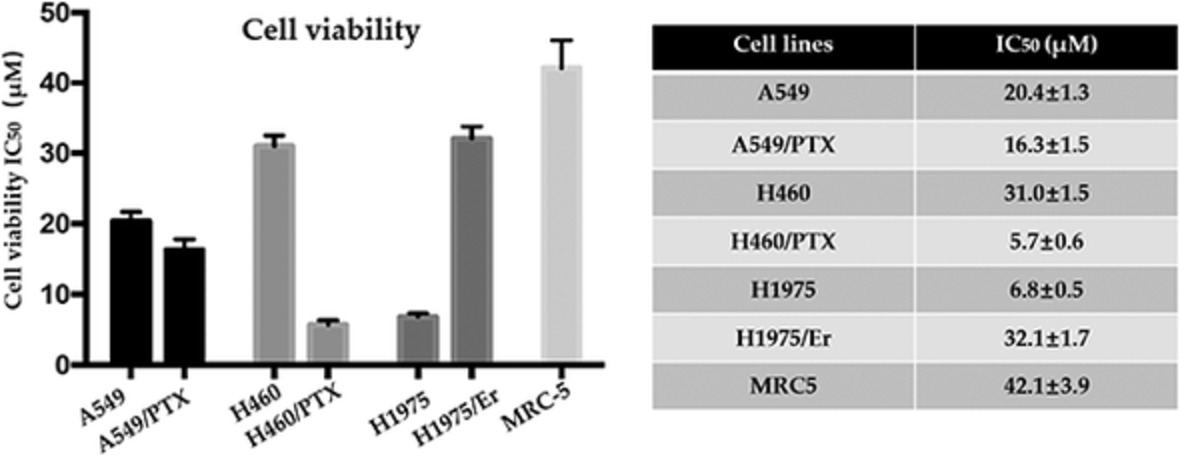
In our article, a previously synthesized conjugate (G11) of cyanine dye and nonselective MAOA inhibitor was applied for evaluating the function of MAOA in paclitaxel (PTX)-resistant NSCLC cells (H460/PTX). The results showed the antitumor efficacy of G11 against paclitaxel-resistant NSCLC was closely correlated with MAOA inhibition.
Efficacy and safety of S-1 monotherapy in previously treated elderly patients (aged ≥75 years) with non-small cell lung cancer: A retrospective analysis
- Pages: 2867-2876
- First Published: 26 August 2020
Long non-coding RNA HCG11 sponging miR-522-3p inhibits the tumorigenesis of non-small cell lung cancer by upregulating SOCS5
- Pages: 2877-2886
- First Published: 26 August 2020
Sorting and gene mutation verification of circulating tumor cells of lung cancer with epidermal growth factor receptor peptide lipid magnetic spheres
- Pages: 2887-2895
- First Published: 27 August 2020
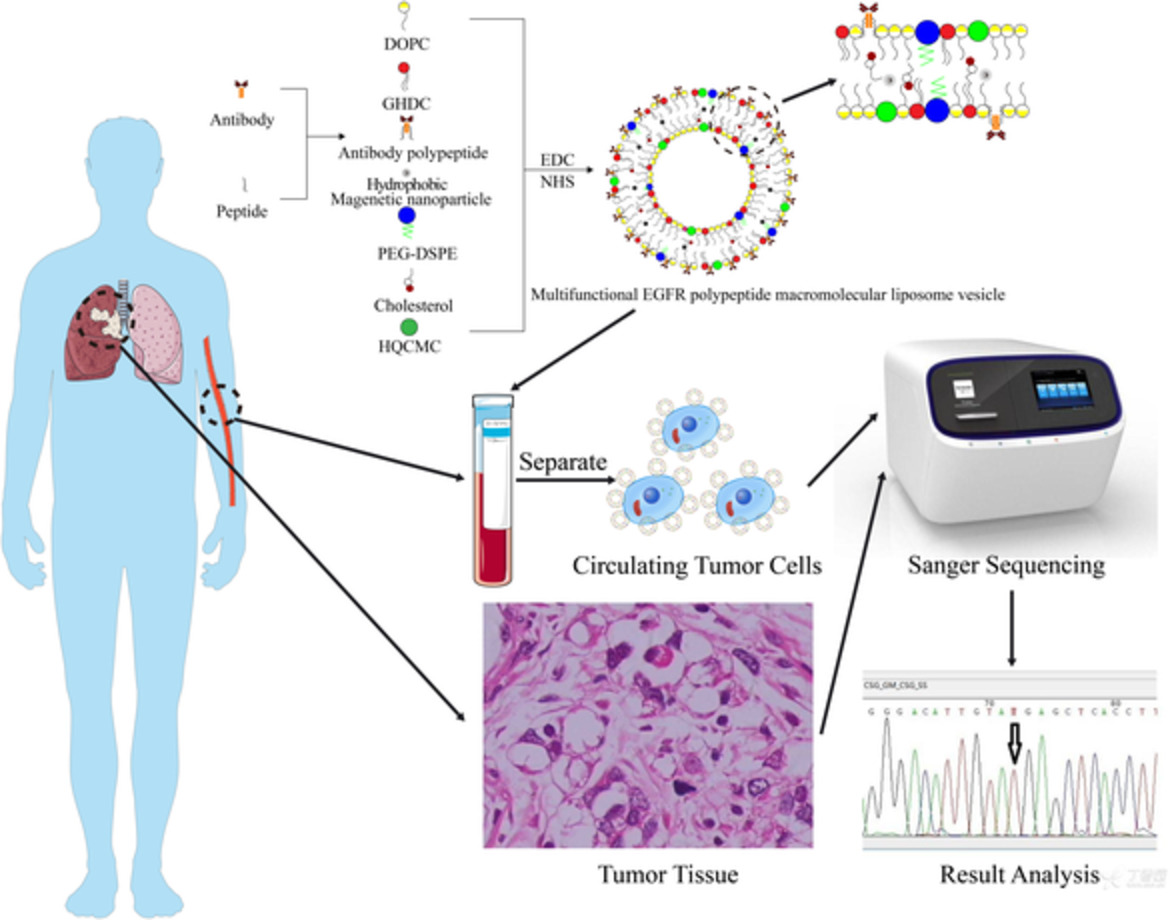
Significant findings of the study: EG-P-LMB can effectively capture CTCs in the peripheral blood of patients with lung cancer. CTC detection can accurately identify mutations in the EGFR gene and improve the ability to obtain tumor tissue in clinical practice. What this study adds: This study added EGFR peptide lipid magnetic spheres to capture CTC in the blood. Genetic testing was performed and compared with tissues. It solves the problem of clinically difficult tumor tissue sampling.
Multivariate gene expression-based survival predictor model in esophageal adenocarcinoma
- Pages: 2896-2908
- First Published: 01 September 2020
Modified Collard versus end-to-side hand-sewn anastomosis for cervical anastomosis after McKeown esophagectomy
- Pages: 2909-2915
- First Published: 24 August 2020
Efficacy and safety of immune checkpoint inhibitor consolidation after chemoradiation in patients of Asian ethnicity with unresectable stage III non-small cell lung cancer: Chinese multicenter report and literature review
- Pages: 2916-2923
- First Published: 24 August 2020
Radiologic response of chemotherapy alone versus radiation and chemotherapy in the treatment of locally-advanced or advanced thymic epithelial tumors
- Pages: 2924-2931
- First Published: 01 September 2020
Extended resections and other special cases in lung cancer surgery: Real-world population-based outcomes
- Pages: 2932-2940
- First Published: 01 September 2020
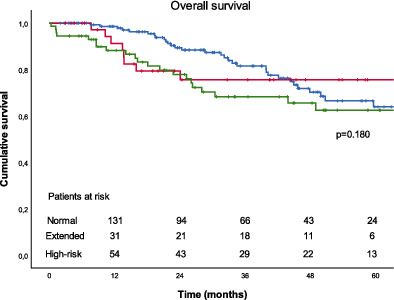
Extended resections for lung cancer include tumors spreading outside the lung. In this population-based study, the rate of extended resection was 14.9% with major complications occurring in 7.5% and five-year survival was 75.6%. Guideline-based evaluation results with excellent outcome in real-world practice.
Quantitative multiplex immunofluorescence analysis identifies infiltrating PD1+CD8+ and CD8+ T cells as predictive of response to neoadjuvant chemotherapy in breast cancer
- Pages: 2941-2954
- First Published: 07 September 2020
Correlation between CXCR4, CXCR5 and CCR7 expression and survival outcomes in patients with clinical T1N0M0 non-small cell lung cancer
- Pages: 2955-2965
- First Published: 08 September 2020
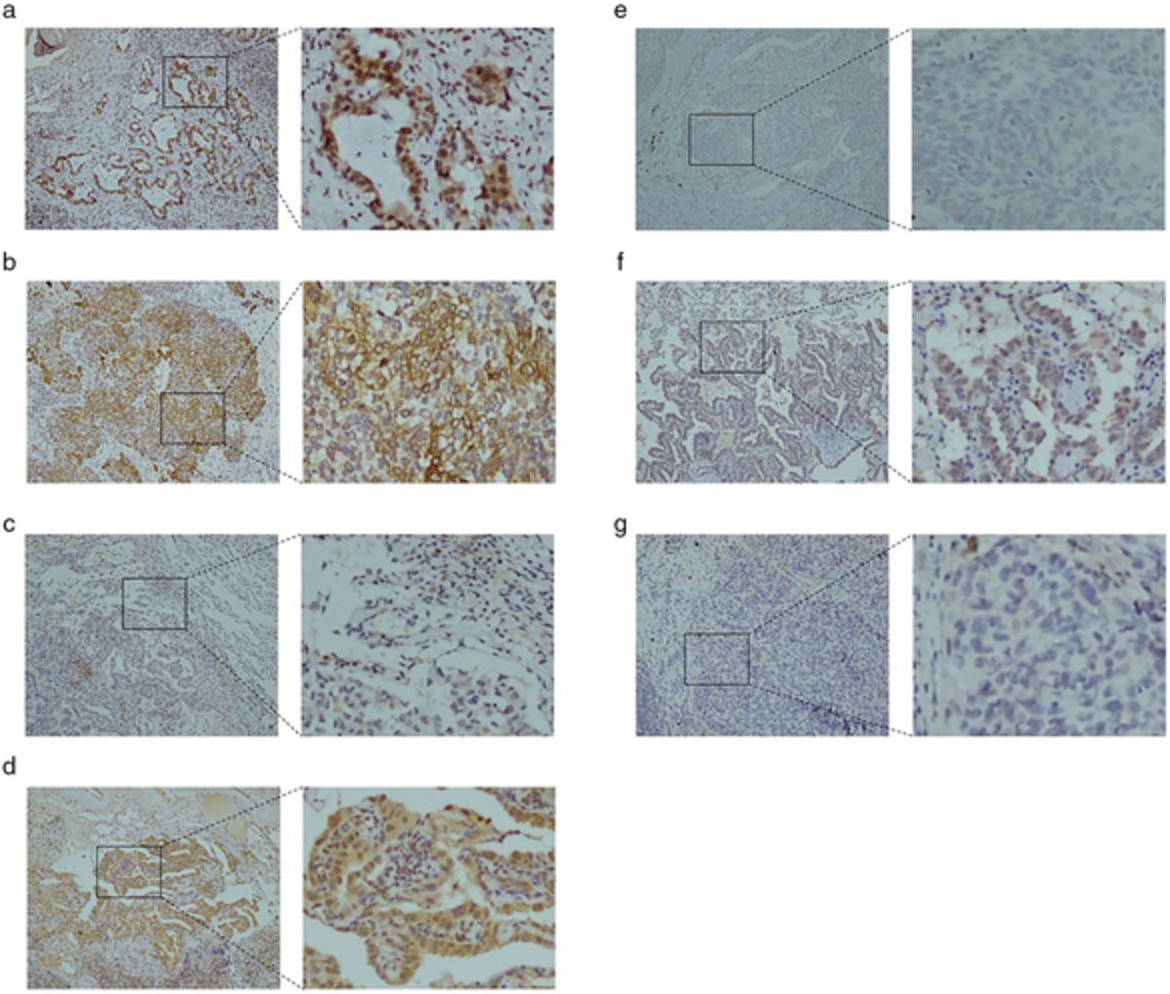
Expression levels of CXCR4, CXCR5 and CCR7 were significantly higher in tumor tissues, and expression of CXCR5 and CCR7 were independent prognostic factors for survival. Moreover, all three chemokines were correlated to the survival outcomes of patients with clinical T1N0M0 NSCLC, providing potential prognosticators and therapy targets for lung cancer treatment.
Glutaredoxin 1 regulates macrophage polarization through mediating glutathionylation of STAT1
- Pages: 2966-2974
- First Published: 07 September 2020
MicroRNA-200b is a potential biomarker of the expression of PD-L1 in patients with lung cancer
- Pages: 2975-2982
- First Published: 07 September 2020
BRIEF REPORTS
Impact of COVID-19 pandemic on lung cancer treatment scheduling
- Pages: 2983-2986
- First Published: 12 August 2020

We found that the lung cancer treatments of 9.1% of patients included in the study were delayed during the COVID-19 pandemic. However, the treatments of most of these patients were delayed at their request. Oncologists should bear in mind that cancer patients tend to have more anxiety than expected under special circumstances such as the COVID-19 pandemic.
EGF+61 A>G polymorphism does not predict response to first-generation EGFR tyrosine kinase inhibitors in lung cancer patients
- Pages: 2987-2992
- First Published: 03 September 2020
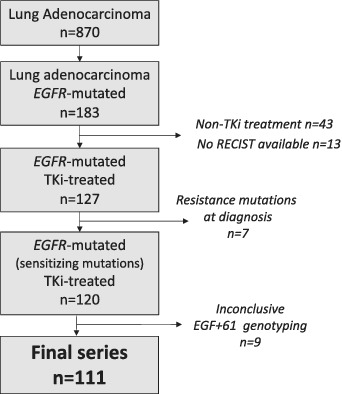
• EGF+61 SNP was assessed in TKI-treated NSCLC patients harboring EGFR-sensitizing mutations.
• EGF+61 SNP (AG + GG) was independently associated stable in EGFR-mutated TKI-treated NSCLC patients.
• EGF+61 SNP (AG + GG) cannot predict progression-free and overall survival or overall response rate to first generation TKIs.
Modified heptapeptide from tau binds both tubulin and microtubules
- Pages: 2993-2997
- First Published: 07 September 2020
CASE REPORTS
Pulmonary metastasis of distal cholangiocarcinoma with multiple cavities in bilateral lungs: A case report
- Pages: 2998-3000
- First Published: 04 September 2020
Duration of immunotherapy in patients with advanced lung adenocarcinoma with negative driver genes: case report and literature review
- Pages: 3001-3006
- First Published: 24 August 2020
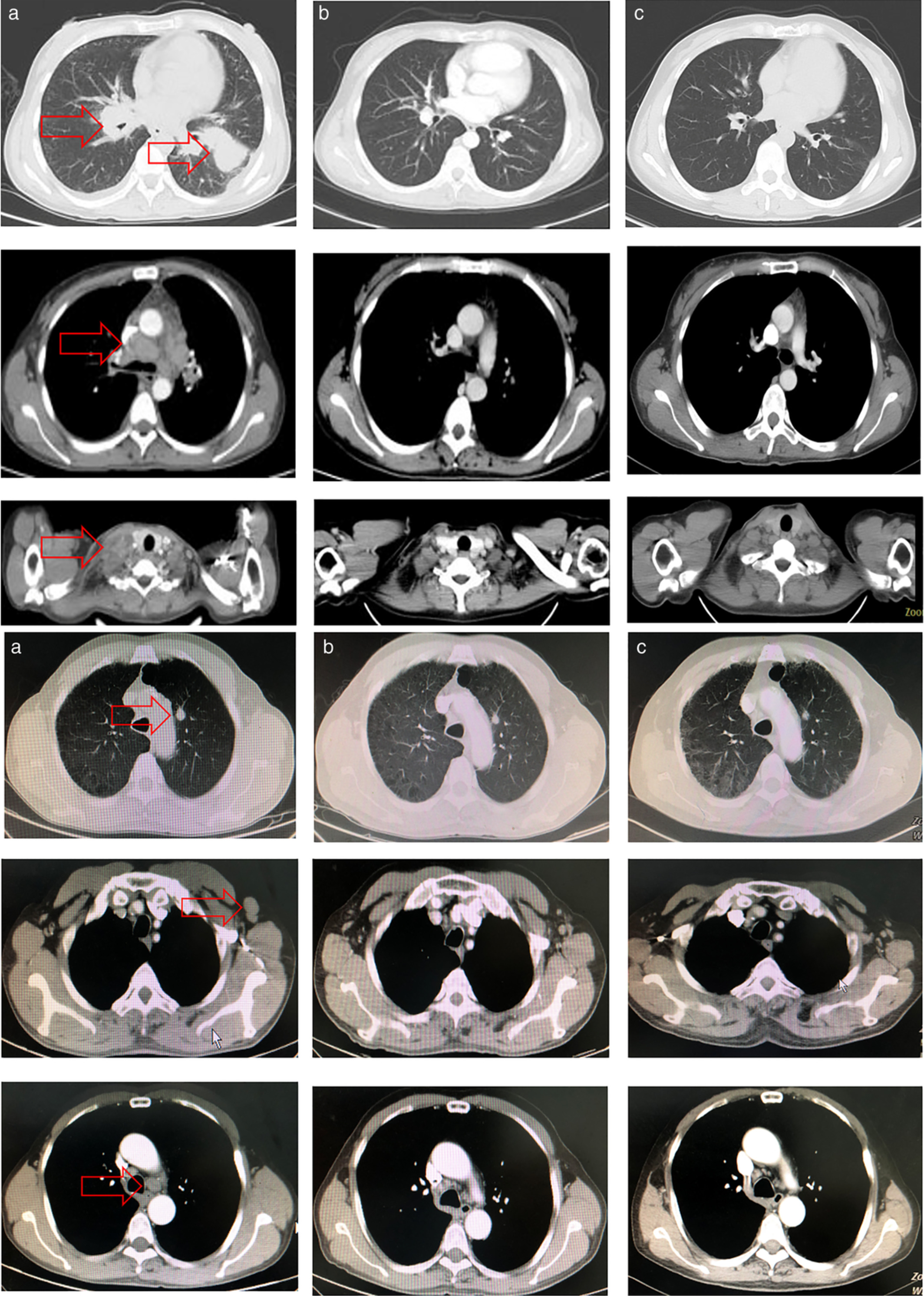
We provide a case analysis of two patients with advanced NSCLC with negative driver genes who received immune checkpoint inhibitor (ICI) treatment for less than two years but continued to benefit after drug withdrawal. These two case reports suggested that early withdrawal of immunotherapy was also beneficial to advanced lung adenocarcinoma patients with negative driver genes who achieve an early response to immunotherapy.
Tracheal fistula in a patient after esophageal surgery confirmed by lung ultrasound: A new bedside tool for thoracic surgeons
- Pages: 3007-3010
- First Published: 01 September 2020
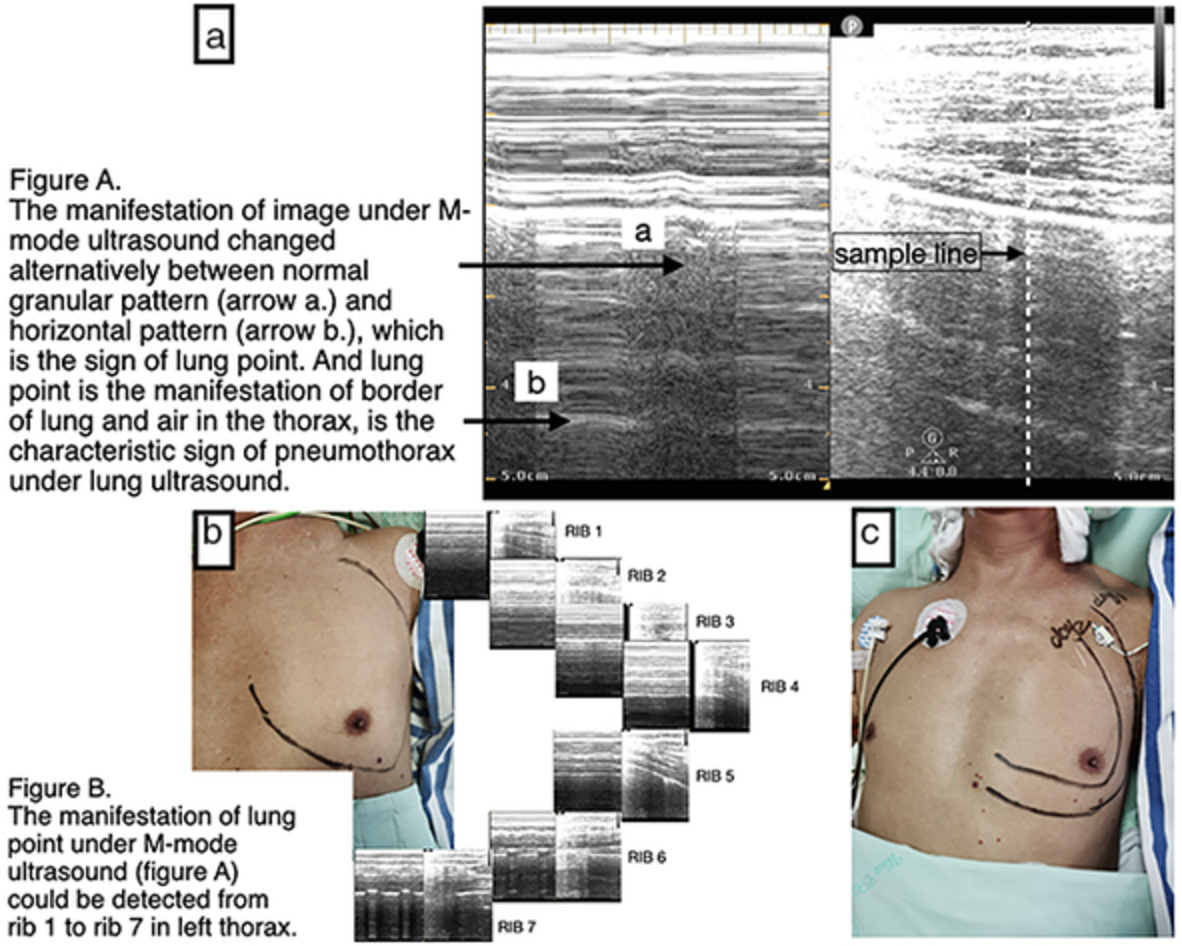
Tracheal fistula is a rare but severe complication of esophageal surgery. Here, we report the case of a tracheal fistula in a patient after esophageal surgery suggested by pneumothorax and confirmed by fiberoptic bronchoscopy, and introduce a new bedside tool - lung ultrasound - to sensitively detect pneumothorax.
High-grade myofibroblastic sarcoma of the pleura: A case report and literature review
- Pages: 3011-3014
- First Published: 19 August 2020
Primary signet-ring cell carcinoma of the lung: A report of seven cases
- Pages: 3015-3019
- First Published: 19 August 2020
Unusual metachronous lung adenocarcinomas harboring EGFR L858R/T790M mutations: A case report
- Pages: 3020-3023
- First Published: 12 August 2020
Successful use of extracorporeal membrane oxygenation for airway-obstructing lung adenocarcinoma
- Pages: 3024-3028
- First Published: 26 August 2020
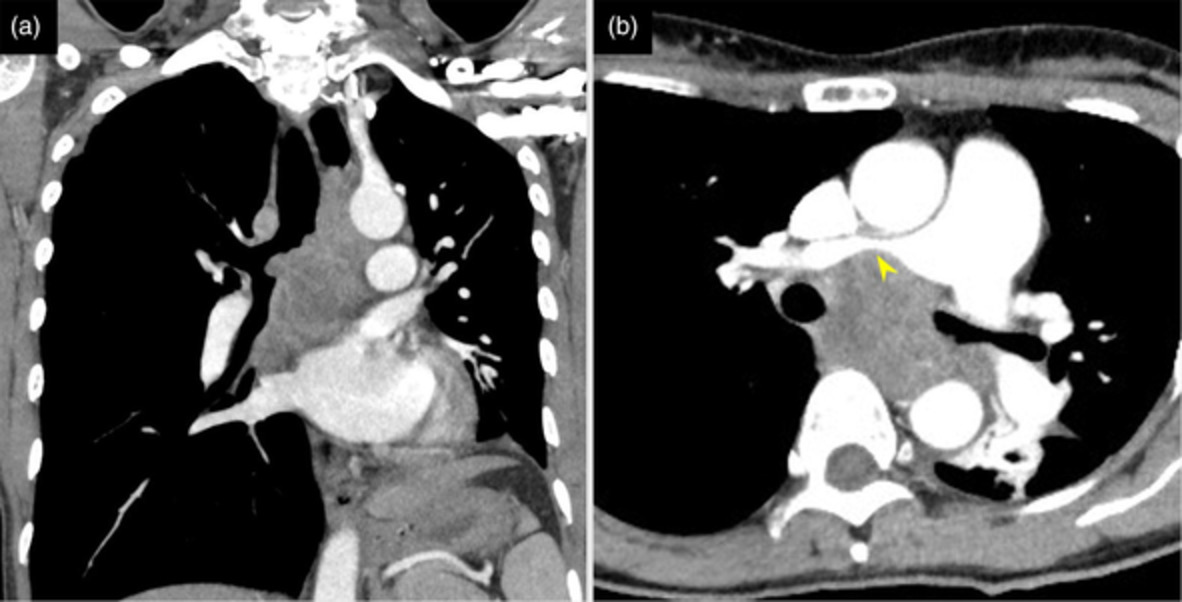
Respiratory support with extracorporeal membrane oxygenation (ECMO) in managing patients with advanced lung cancer remains unclear given the poor prognosis. Targeted agents for patients with driver mutations offer rapid responses and may be administered even while under critical care. In some patients with critical lung cancer, ECMO may become a bridge through the critical period with respect to effective anti-cancer therapies.
Incidental early diagnosis of biphasic pulmonary blastoma in a patient with history of stage IV lung adenocarcinoma
- Pages: 3029-3033
- First Published: 24 August 2020
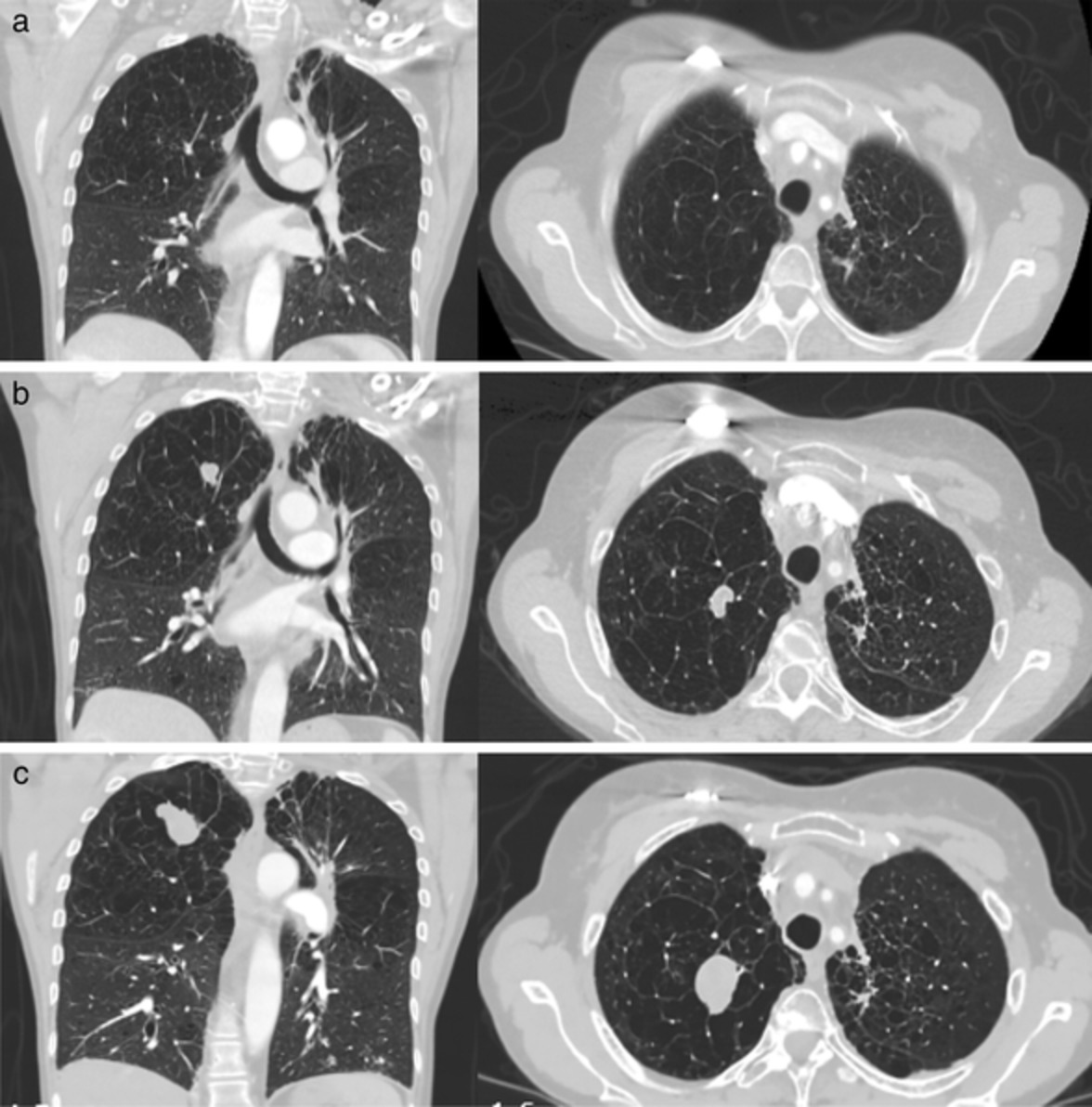
Here, we report a rare case of incidental early diagnosis of biphasic pulmonary blastoma while a patient was undergoing imaging surveillance for primary lung adenocarcinoma. Next-generation sequencing revealed distinct second primary cancer with a high mutation burden which might have therapeutic implications in further studies.
Pericardial immunoglobulin G4-related inflammatory pseudotumor after right upper lobectomy for lung cancer
- Pages: 3034-3037
- First Published: 26 August 2020
Extensive calcification in adenocarcinoma of the lung: A case report
- Pages: 3038-3042
- First Published: 01 September 2020
Interleukin-5-producing malignant pleural mesothelioma with eosinophilic pleural effusion
- Pages: 3043-3046
- First Published: 07 September 2020
CLINICAL GUIDELINE
Use of glucocorticoids in the management of immunotherapy-related adverse effects
- Pages: 3047-3052
- First Published: 06 September 2020
Glucocorticoids are the mainstream therapy for irAEs. We described the mechanism, dosage forms, adverse effects and management of glucocorticoids. We aimed to provide references and suggestions for oncologists to use glucocorticoids in the proper treatment of irAEs.





